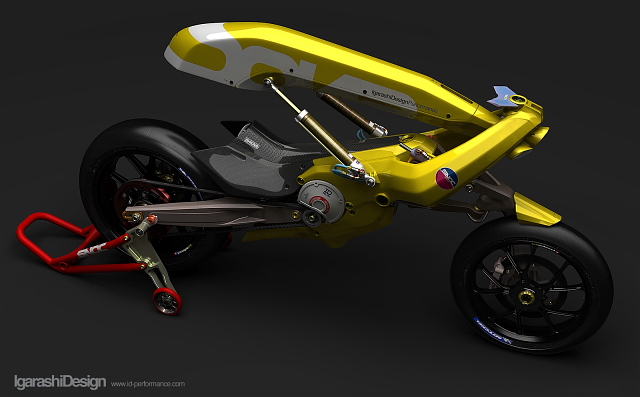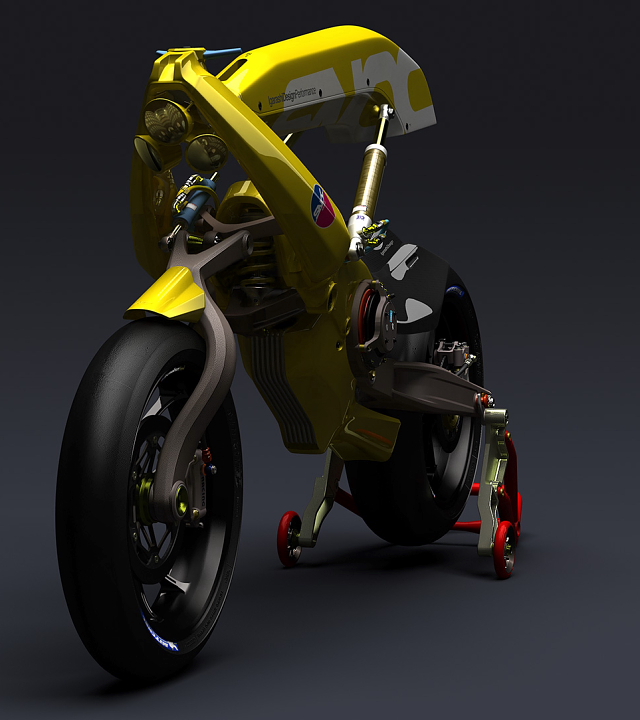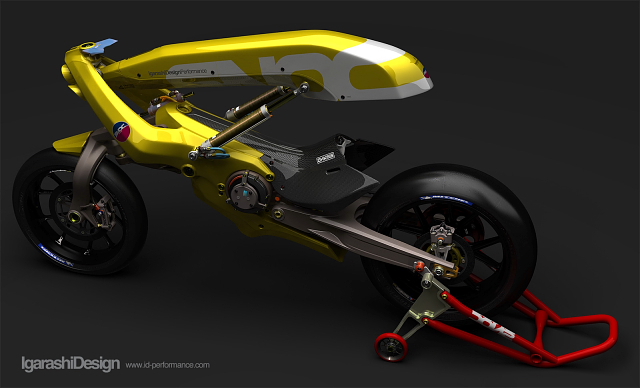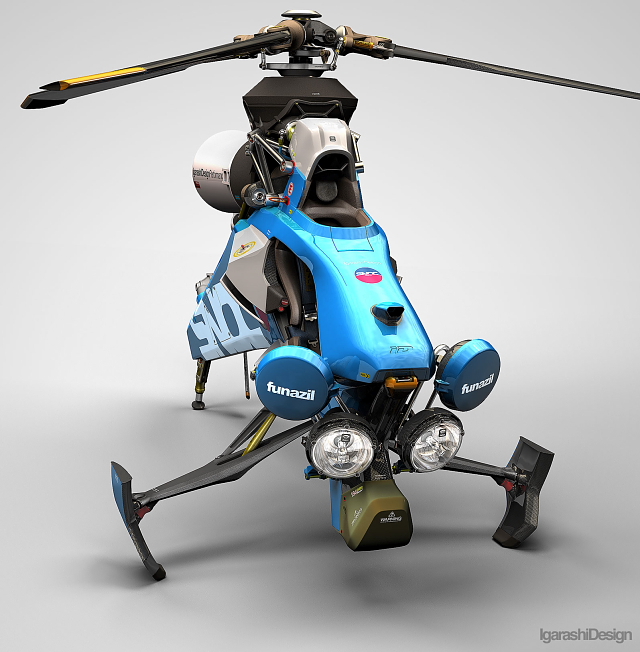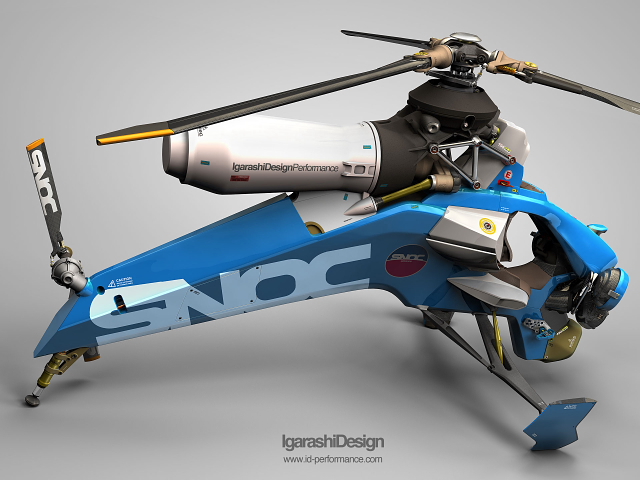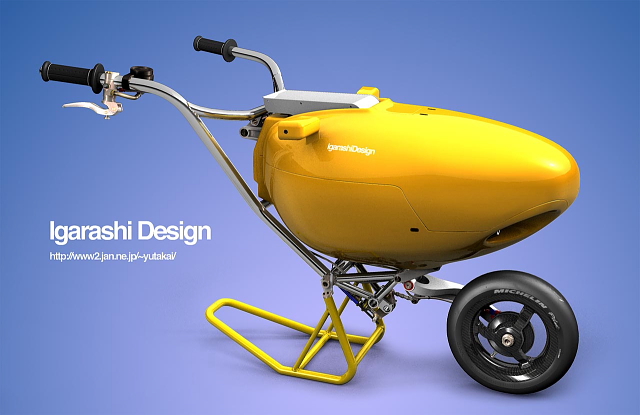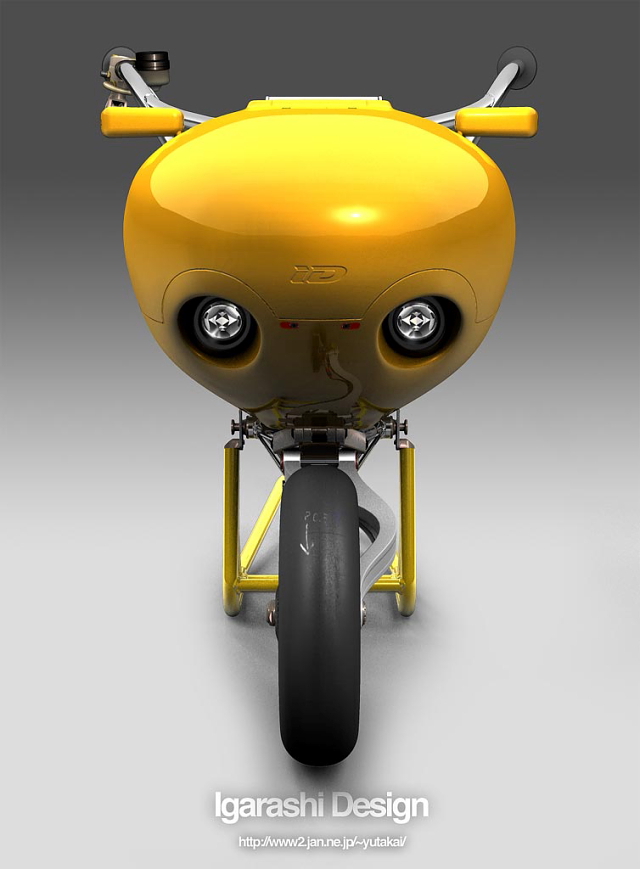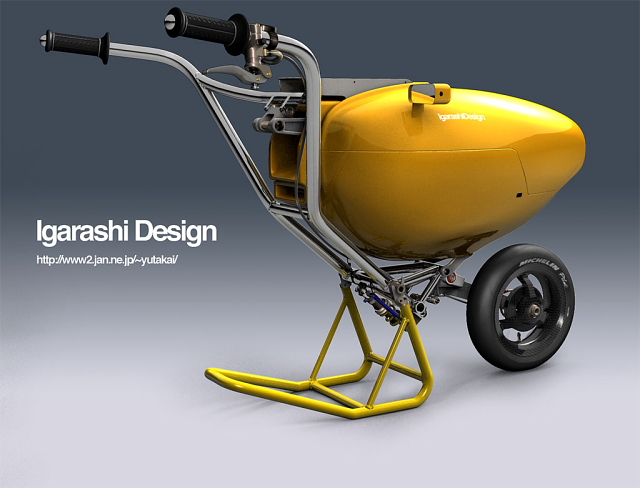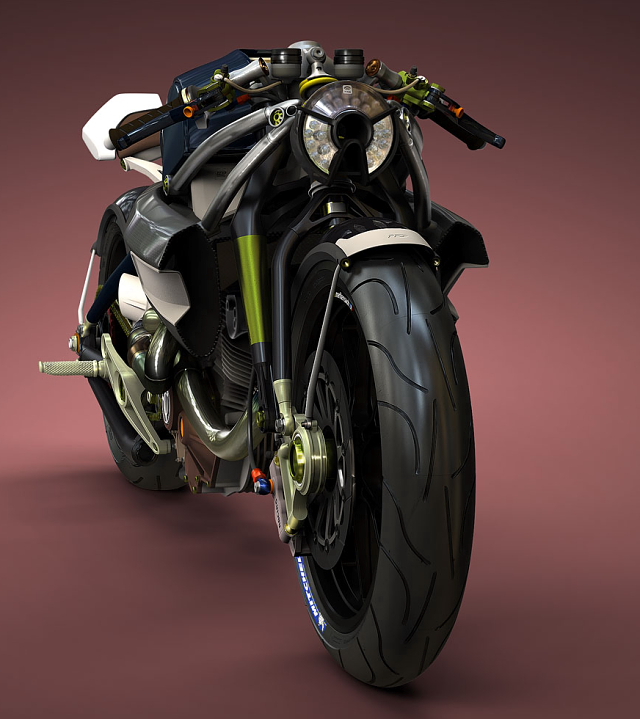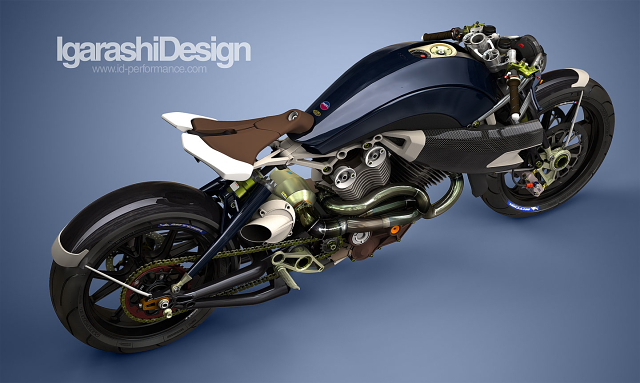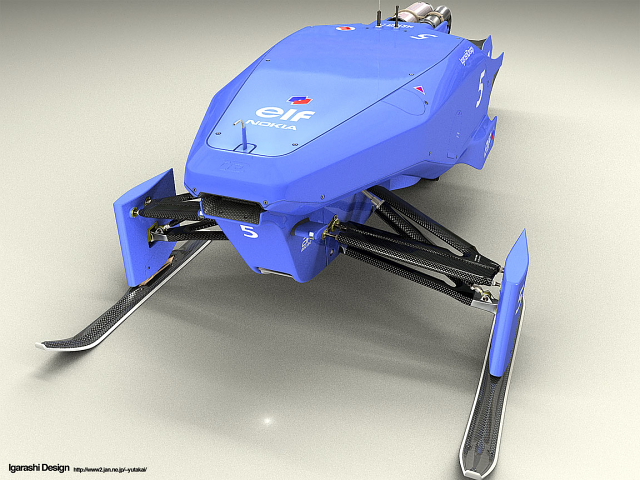Japanese breakbeat duo Hifana have released a kaleidoscopic new video for "Hanabeam," from their forthcoming "24H" album.
+ Video
Japanese breakbeat duo Hifana have released a kaleidoscopic new video for "Hanabeam," from their forthcoming "24H" album.
+ Video
Here are 50 photos of wildly modified bōsōzoku-style rides from Japan (via alljapanexpress, Speedhunters, Sunny Speed Style, Inokoshientotsu).
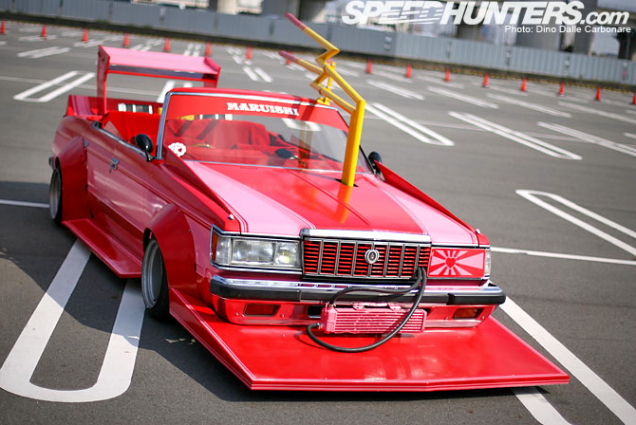
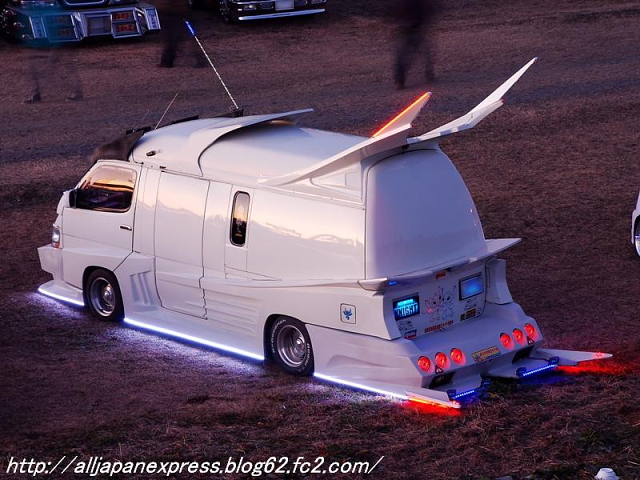
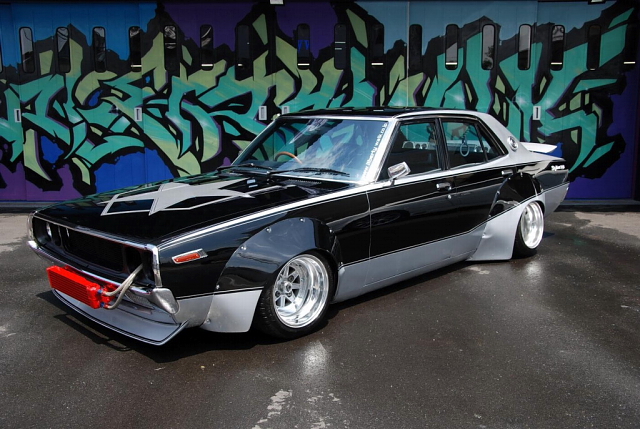
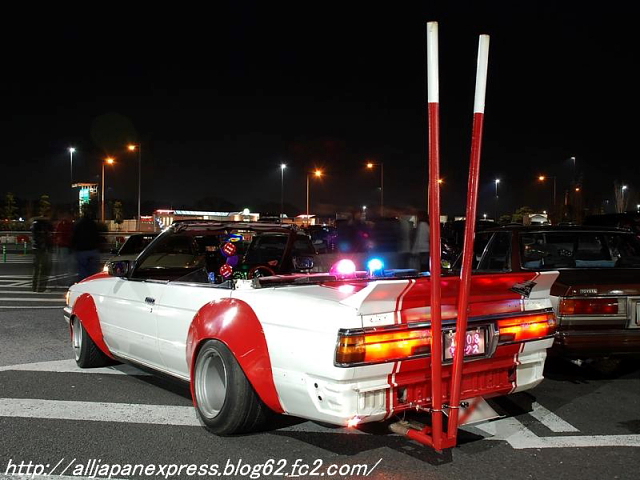
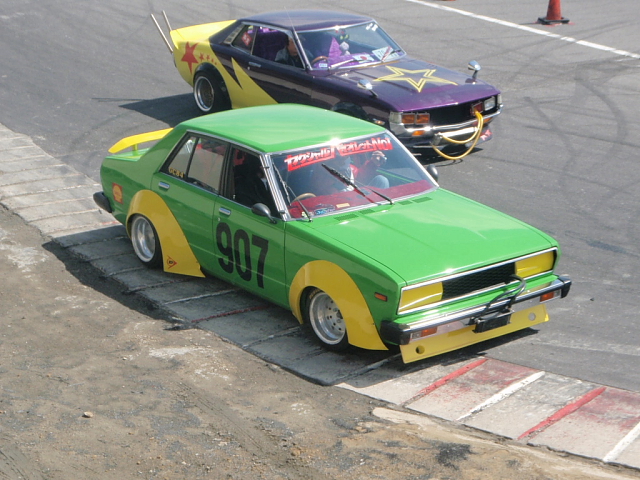

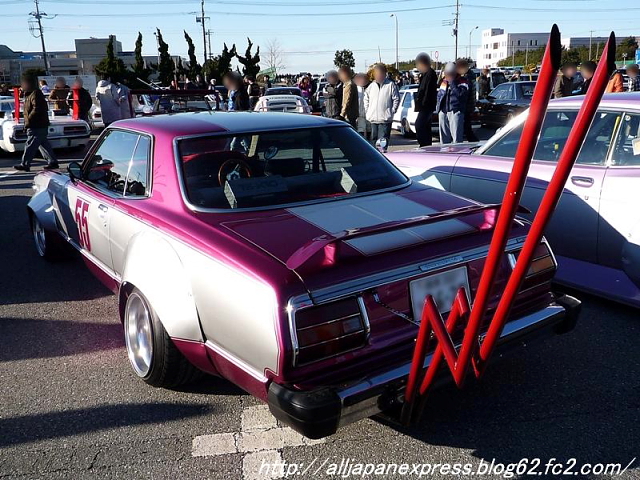
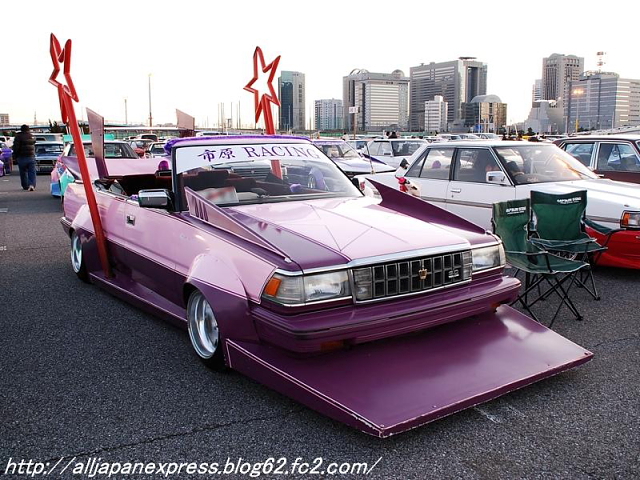
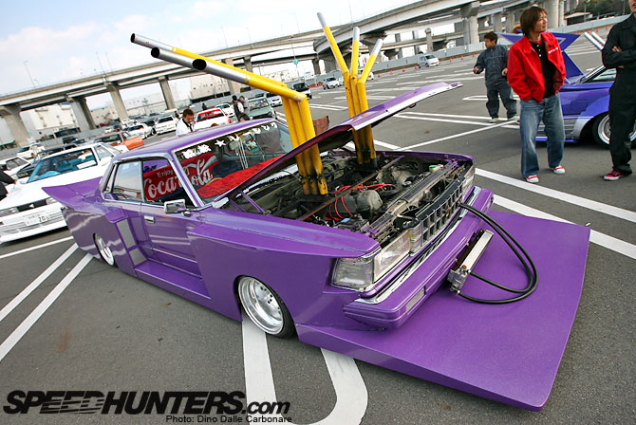
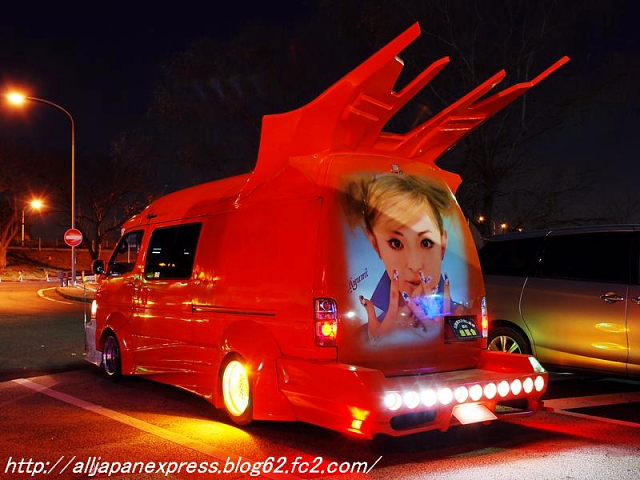


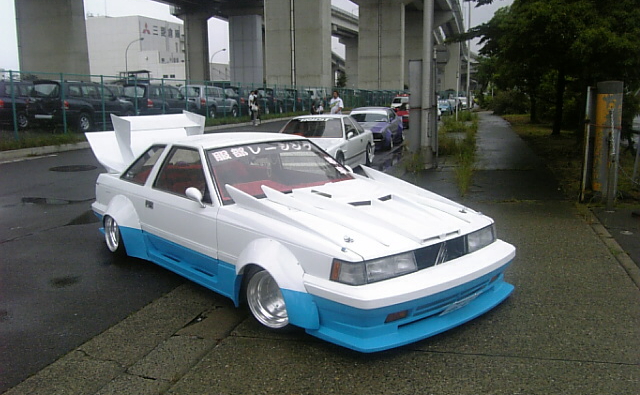
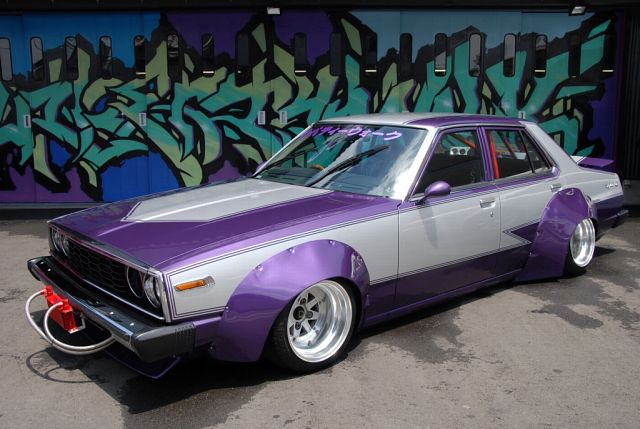
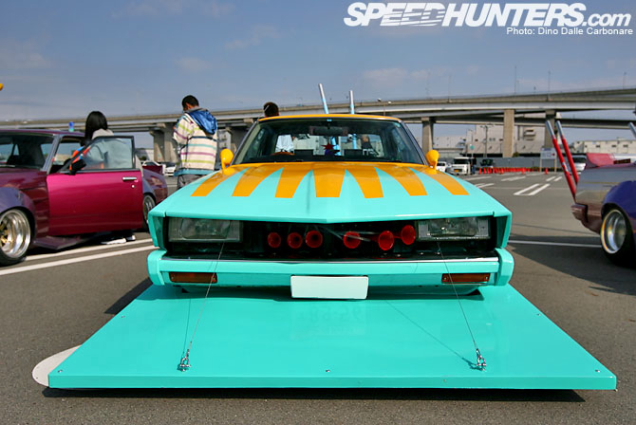
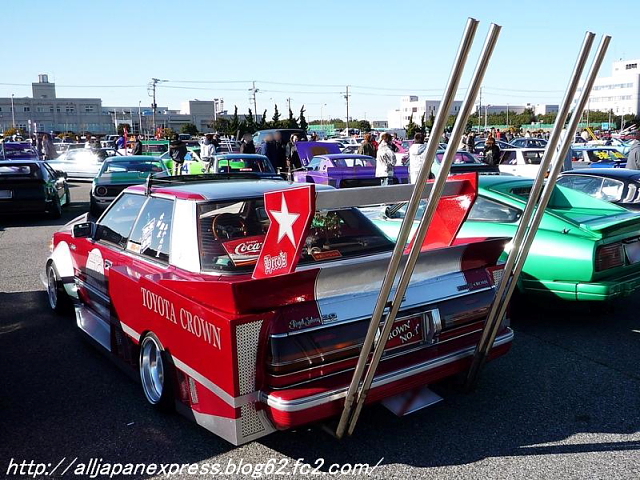
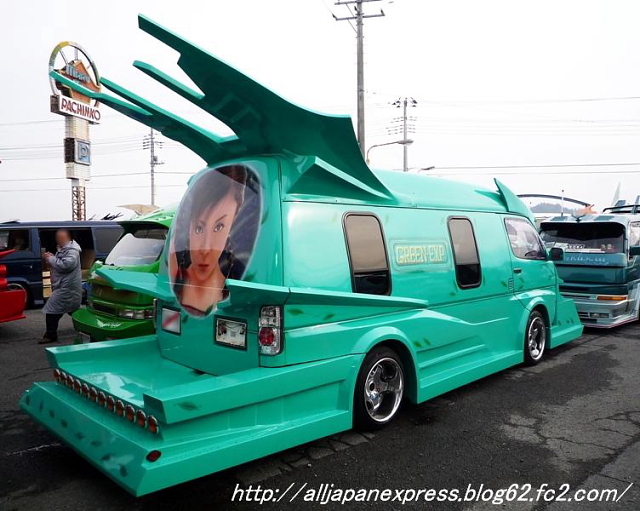
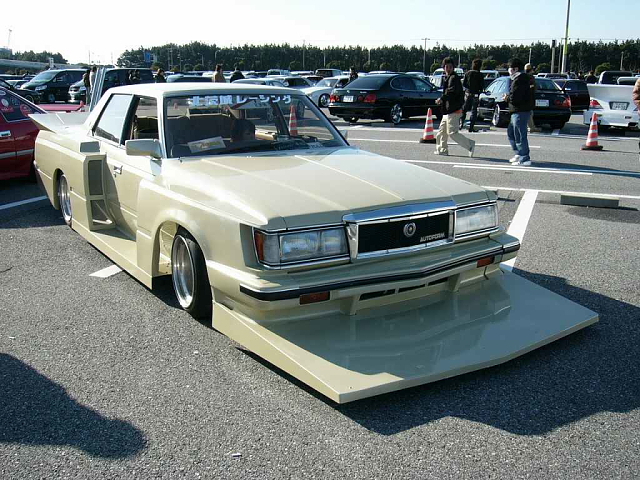
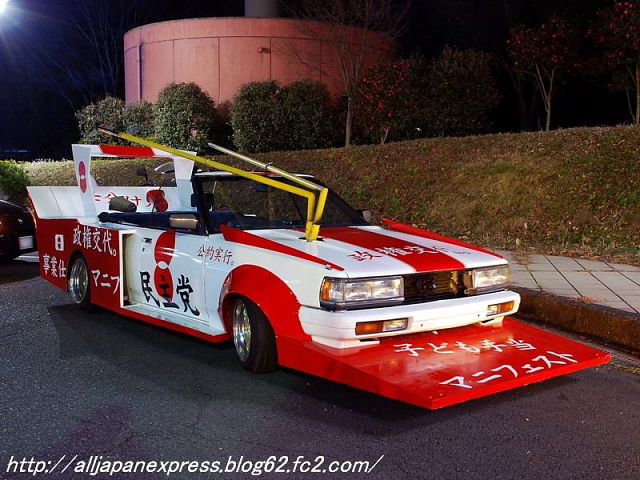


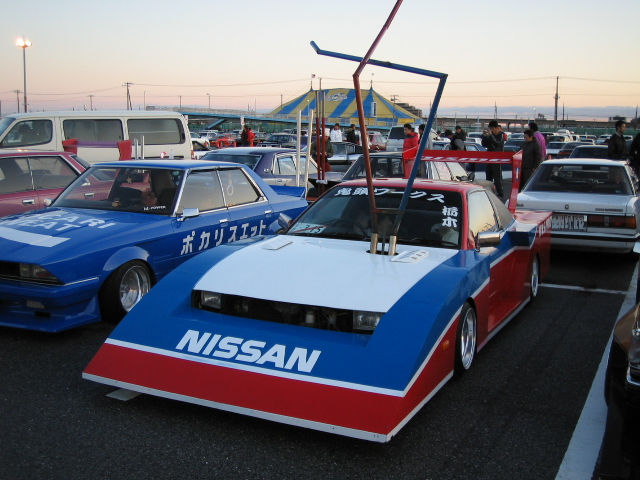
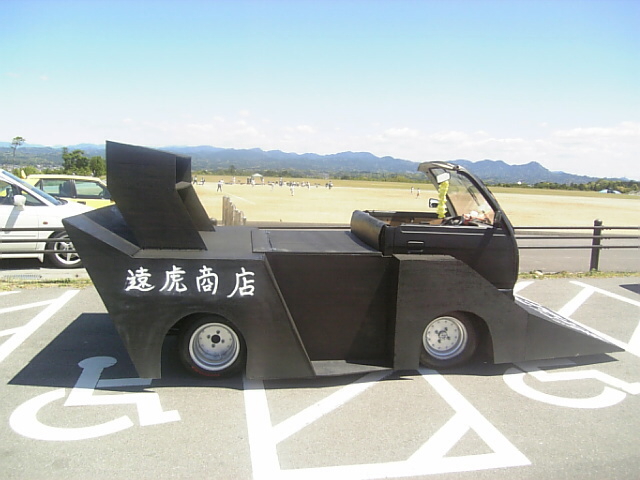
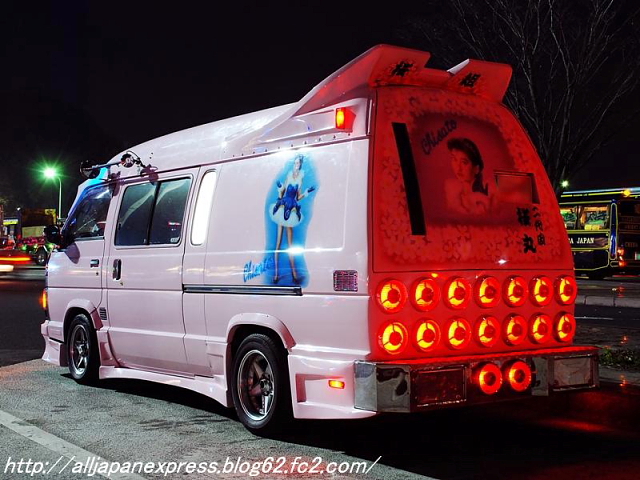
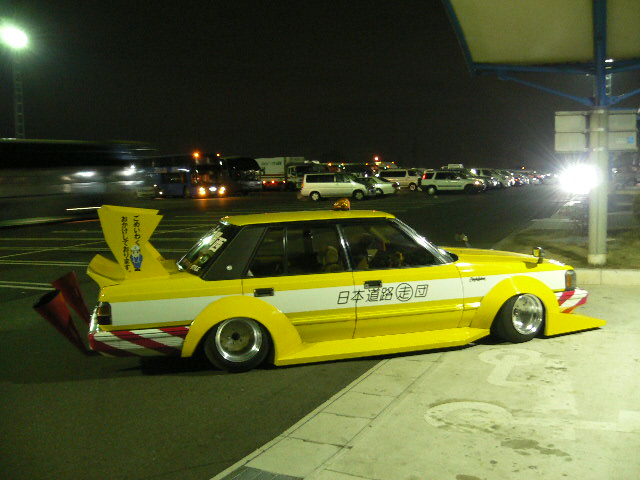
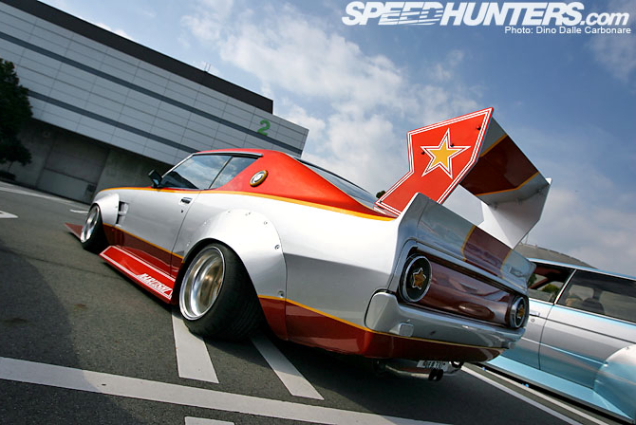
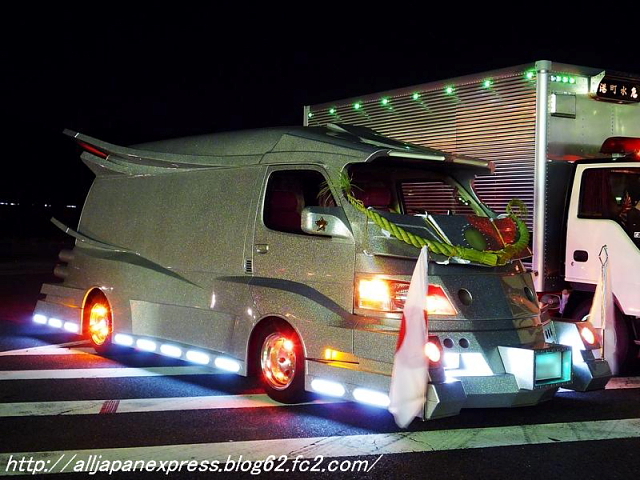
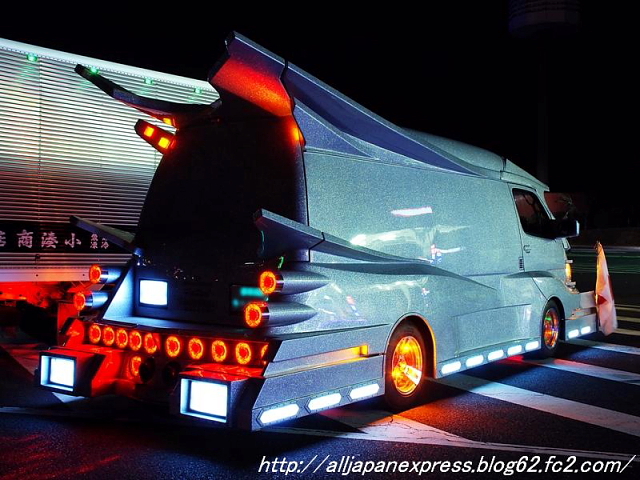
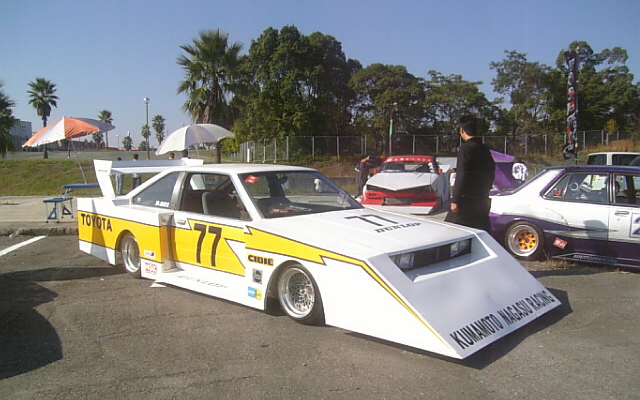
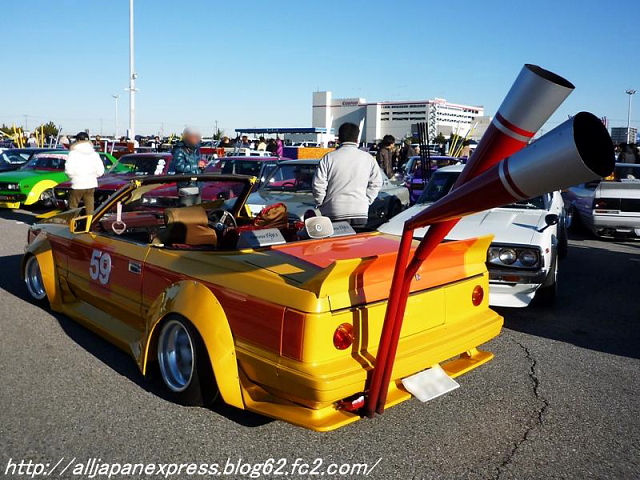


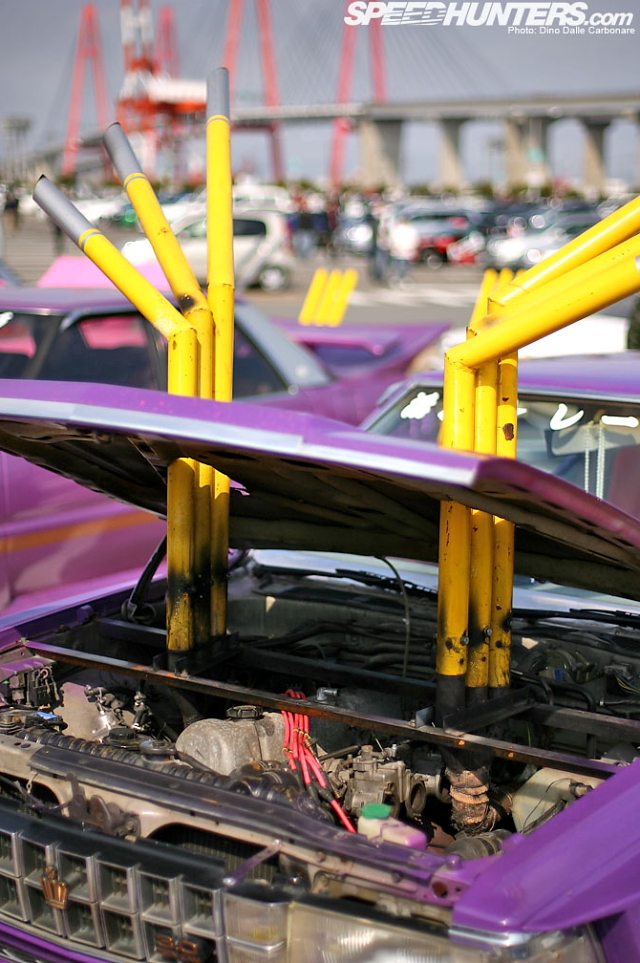
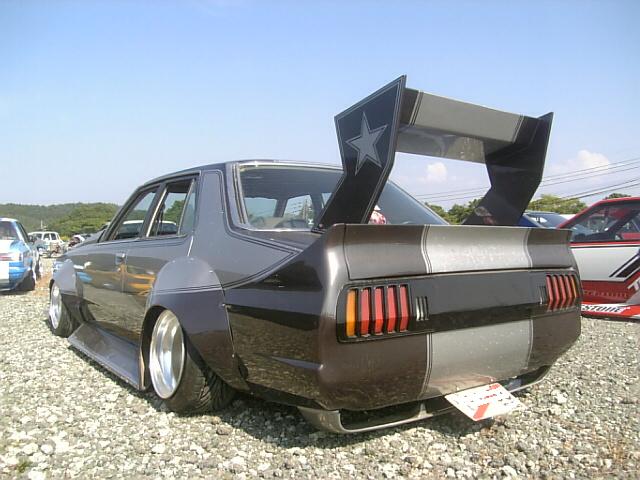
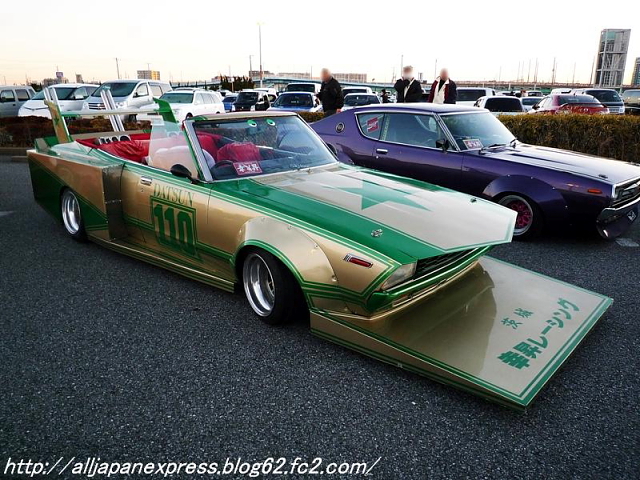
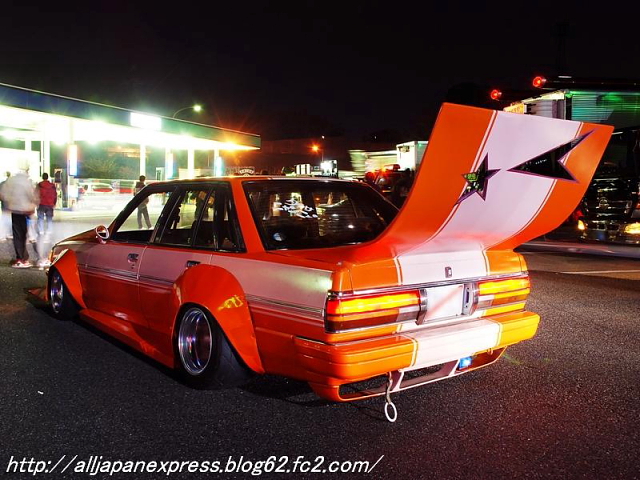

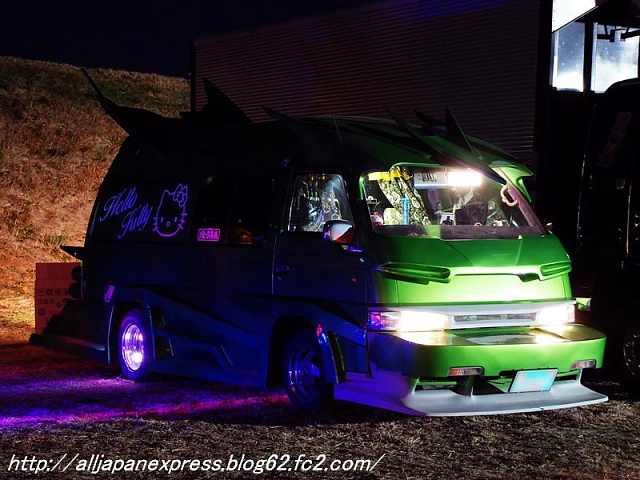
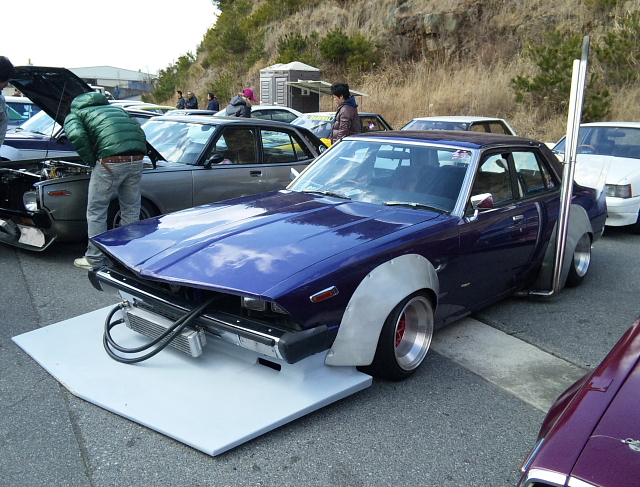
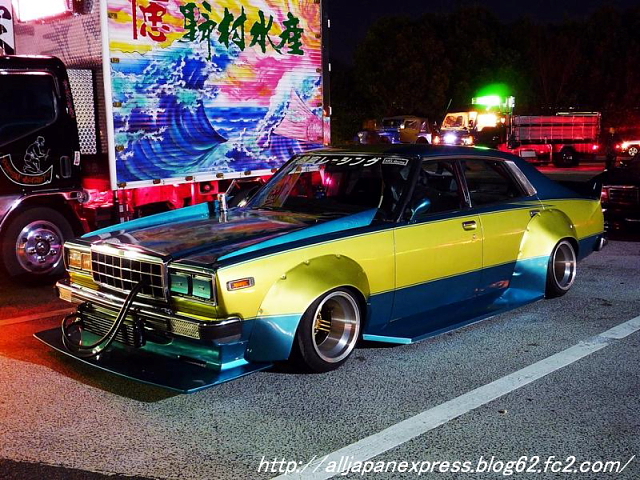
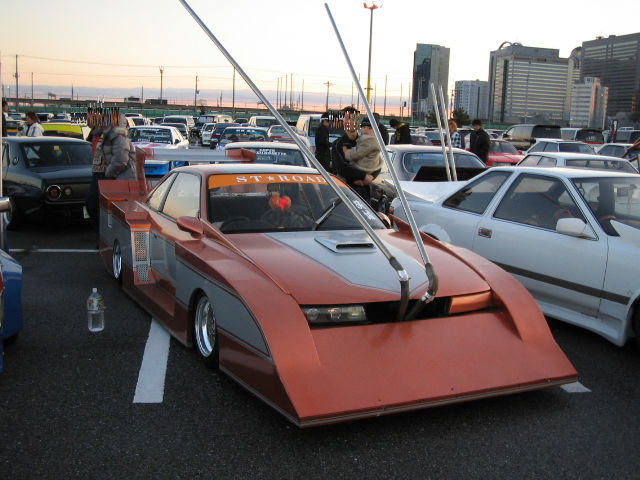
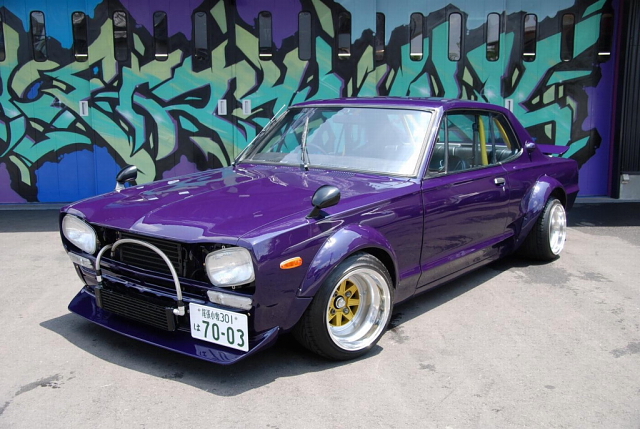
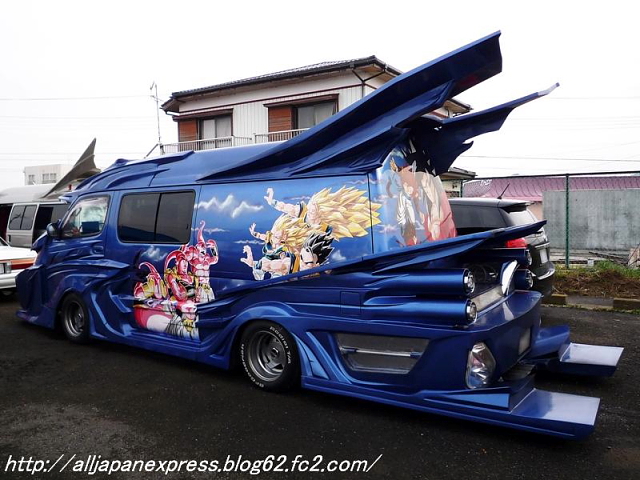
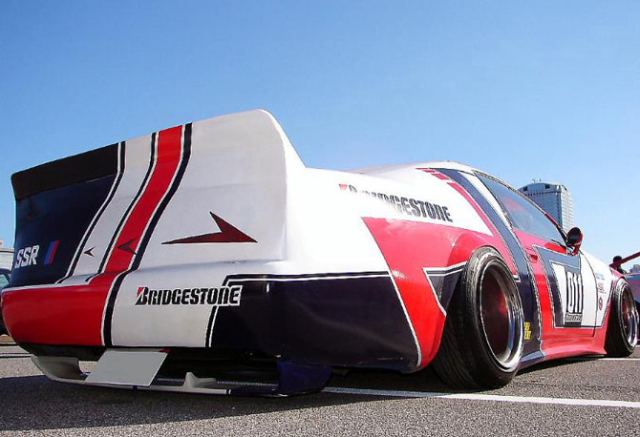
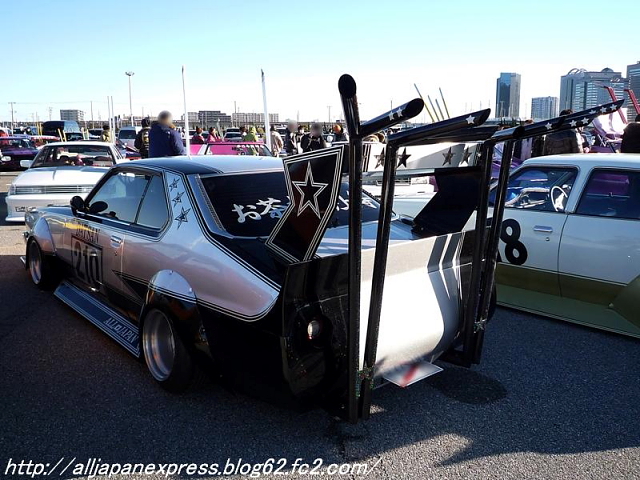
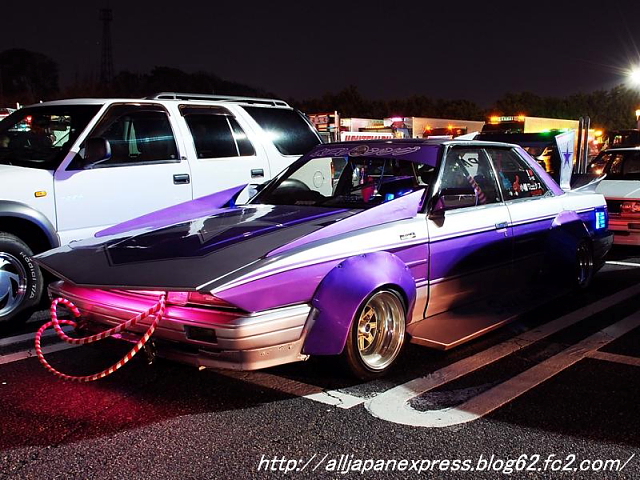
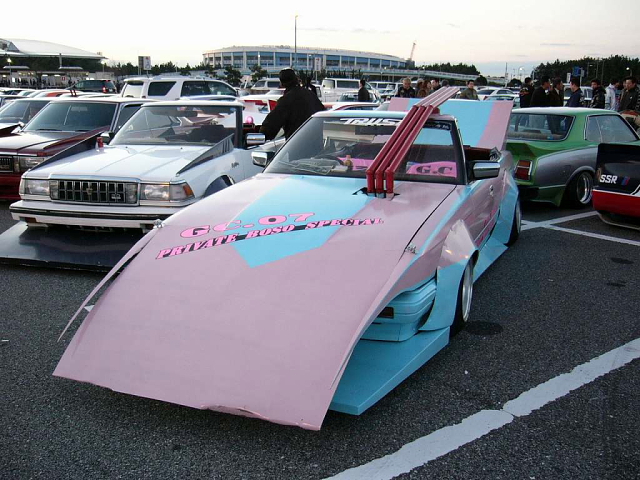
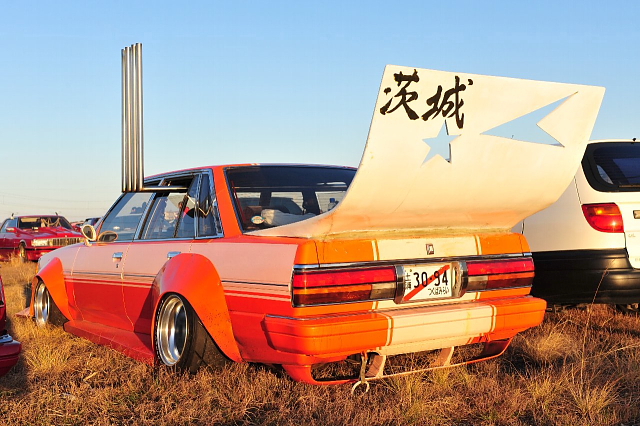
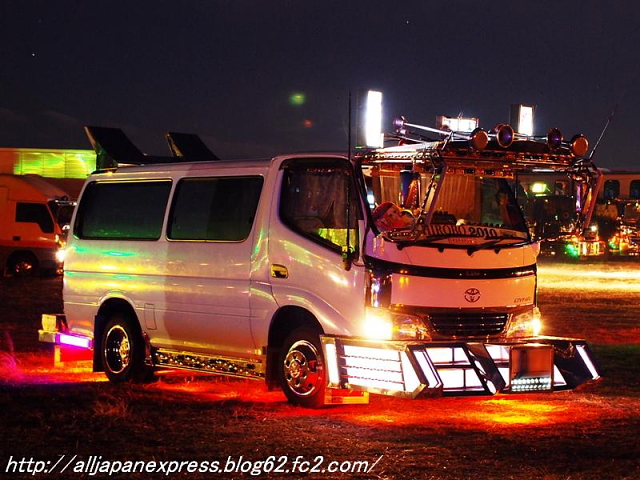
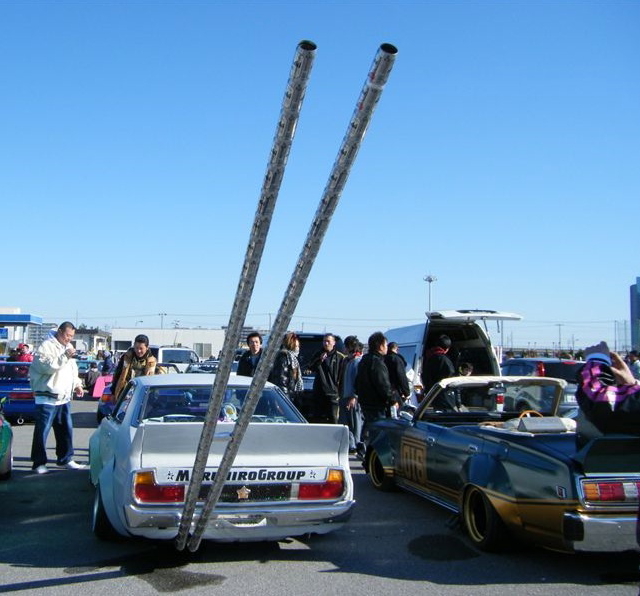
Melodic hardcore quintet FACT have released a new animated video for "Behind a Smile," from their latest album "In the Blink of an Eye."
+ Video
In 1936, Shōnen Club magazine published an illustrated article entitled "World Transportation Invention Competition," which took a look at the future of transportation.
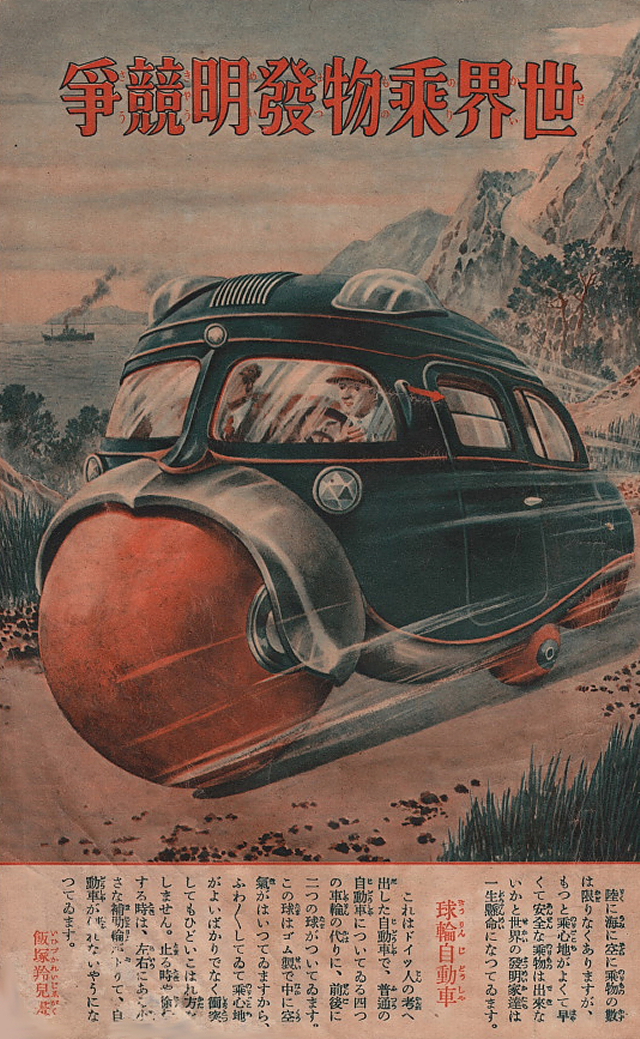
Sphere-wheeled car -- Reiji Iizuka, 1936
This futuristic car with spherical wheels, illustrated by Reiji Iizuka, is based on an idea from a German inventor. The vehicle's tires -- a pair of oversized rubbery spheres -- offer a smoother ride than the conventional tires on a four-wheeled car, and they act as a cushion in the event of an accident.
* * * * *
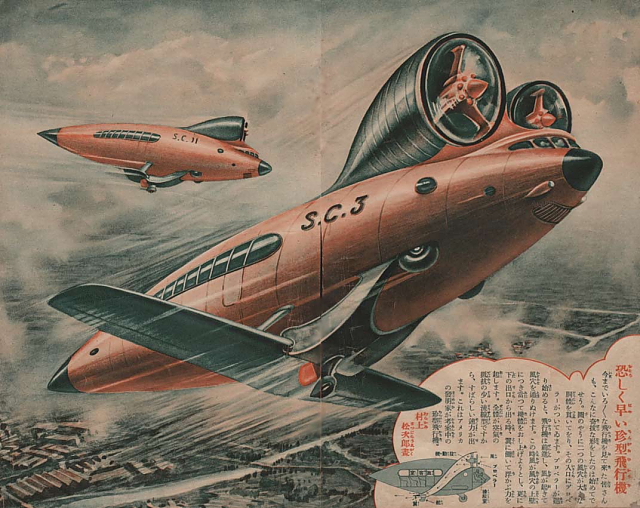
Amazingly swift flying machine -- Matsujirō Murakami, 1936 [+]
This ultra-fast airplane, illustrated by Matsujirō Murakami, is based on a design by an American inventor. The vehicle is powered by propellers that blast air through a pair of large ducts.
* * * * *
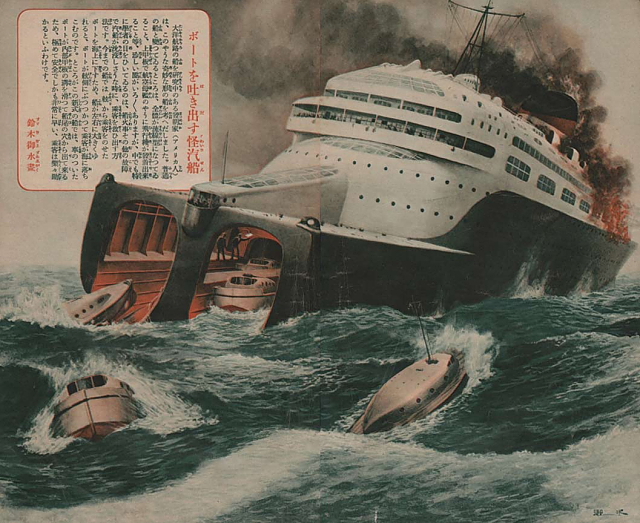
Ship with built-in boat dock - Gyosui Suzuki, 1936 [+]
This safety-conscious passenger ship, illustrated by Gyosui Suzuki, is based on an idea by an American inventor. The hull of the ship is designed to open up in an emergency, and it contains a small fleet of boats that allow people to escape quickly and safely.
* * * * *
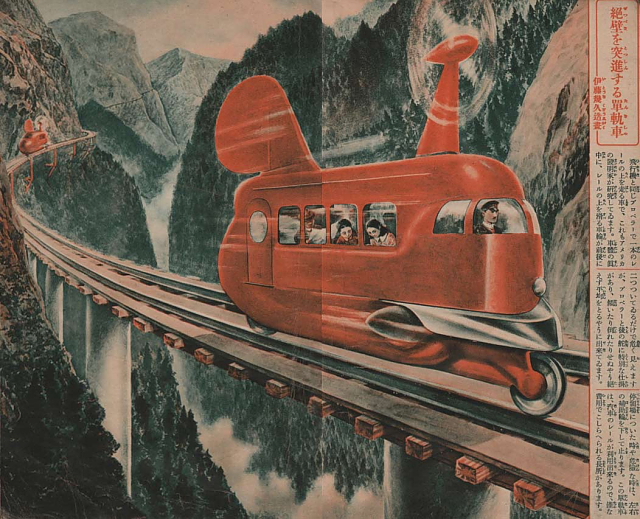
Mountain monorail - Kikuzō Itō, 1936 [+]
The design for this innovative monorail train, illustrated by Kikuzō Itō, originated with an American inventor. The two-wheeled design looks rather precarious, but the powerful airplane propeller and tail fin manage to keep the train upright and stable as it zips through the mountains. Extra wheels extend out from the sides when the train comes to a halt.
* * * * *
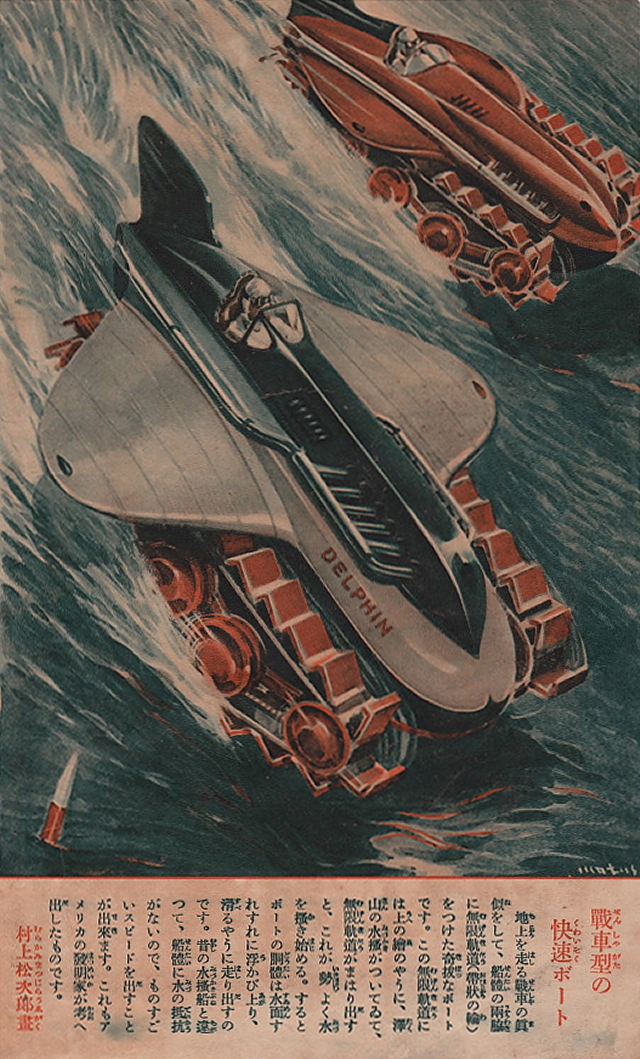
High-speed tank-style boat - Matsujirō Murakami, 1936
This high-speed battle boat, illustrated by Matsujirō Murakami, is also inspired by an American design. A pair of caterpillar tracks allow the vessel to roll across the water like a tank on land.
[Source: 昭和之雜誌廣告・ナツカシモノ]
Nine locust sculptures made from fake designer bags were removed from an art exhibit in Kobe, Japan after a complaint lodged by luxury fashion house Louis Vuitton.
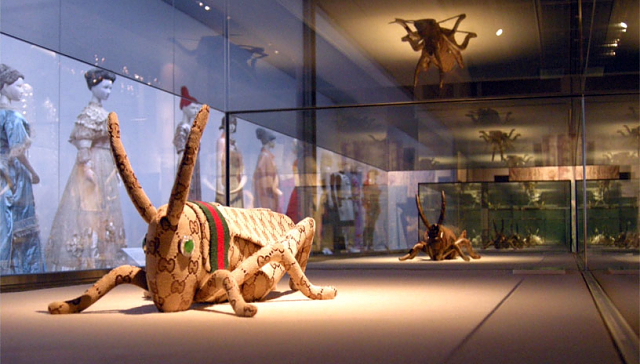
Locust sculptures made from fake designer bags
The works -- created by Kyoto-based artist Mitsuhiro Okamoto -- were on display at the Kobe Fashion Museum from April 15 until their removal in May.
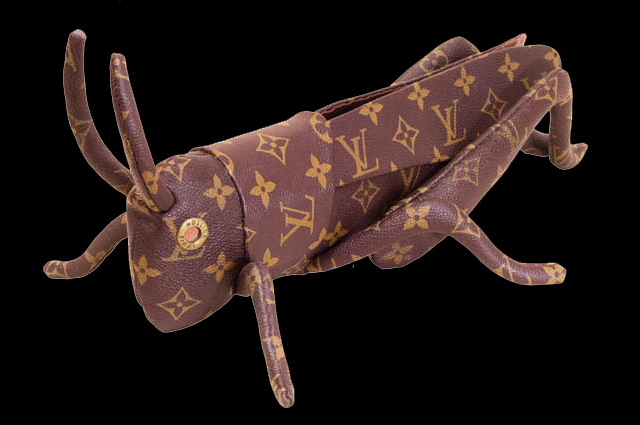
Batta Mon LV
The sculptures, which measure about 40 centimeters (16 in) long, are titled "Batta Mon" -- a play on the words batta ("locust") and battamon (slang for "knockoff"). According to the artist, the works are meant to raise questions about the relationship between authenticity and imitation in a consumer-driven society.
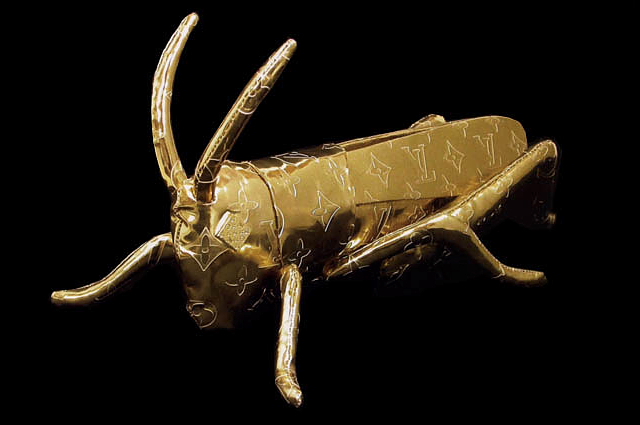
Batta Mon LV M Mr
Unfortunately, Okamoto's social commentary was lost on Louis Vuitton, who claim the Batta Mon sculptures represent an endorsement of the illegal trade in counterfeit goods. The Kobe Fashion Museum promptly removed the sculptures from the exhibit in May, after receiving a letter of complaint from Louis Vuitton claiming that the works damage the image of their luxury products because they incorporate material from counterfeit products.
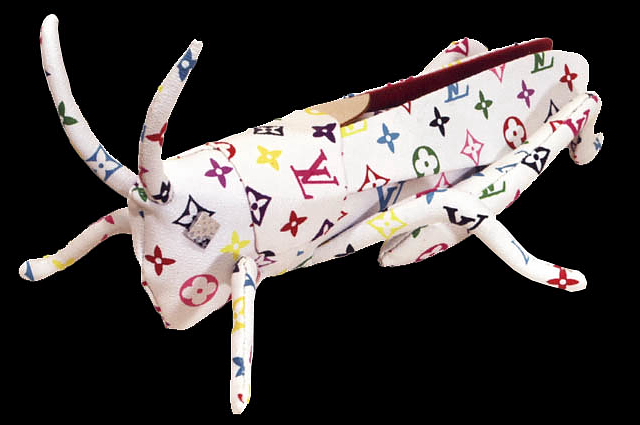
Batta Mon LV M Mc
A museum official told reporters that it was unclear whether or not the exhibit infringed on trademark rights, but said that the museum removed the pieces to avoid a legal dispute.
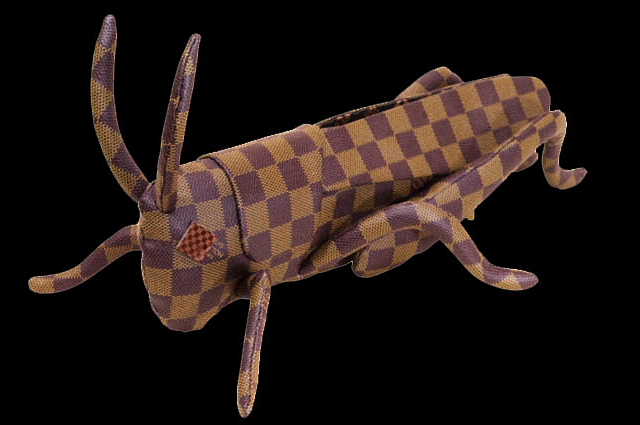
Batta Mon LV Da
Okamoto, who was not pleased with the museum's eagerness to bow to the will of a large corporation, said, "It is ridiculous to lump the Batta Mon sculptures into the same category as counterfeit products made for commercial purposes."
Louis Vuitton declined to comment on the matter.

Batta Mon LV M De
Five of Okamoto's Batta Mon sculptures are made from fake Louis Vuitton bags. The other four are made from fake Chanel, Gucci, Coach, and Fendi bags.
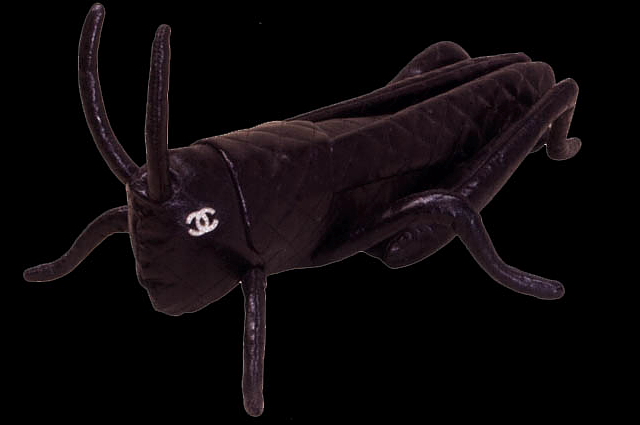
Batta Mon CC
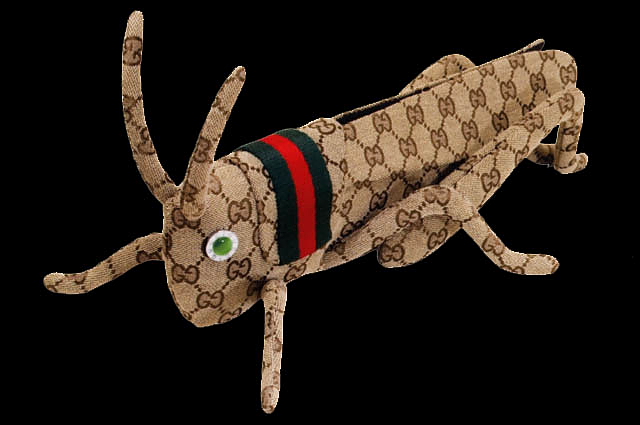
Batta Mon GC
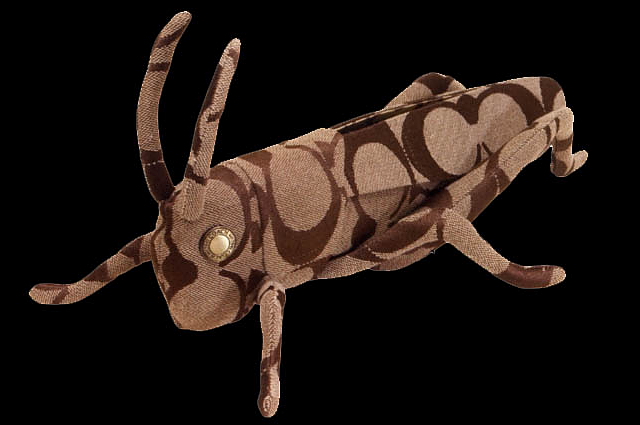
Batta Mon CC

Batta Mon FD
[Sources: Asahi // Mitsuhiro Okamoto]
The Bakemono Zukushi handscroll, painted in the Edo period (18th-19th century) by an unknown artist, depicts 24 traditional monsters that once used to spook the people of Japan.
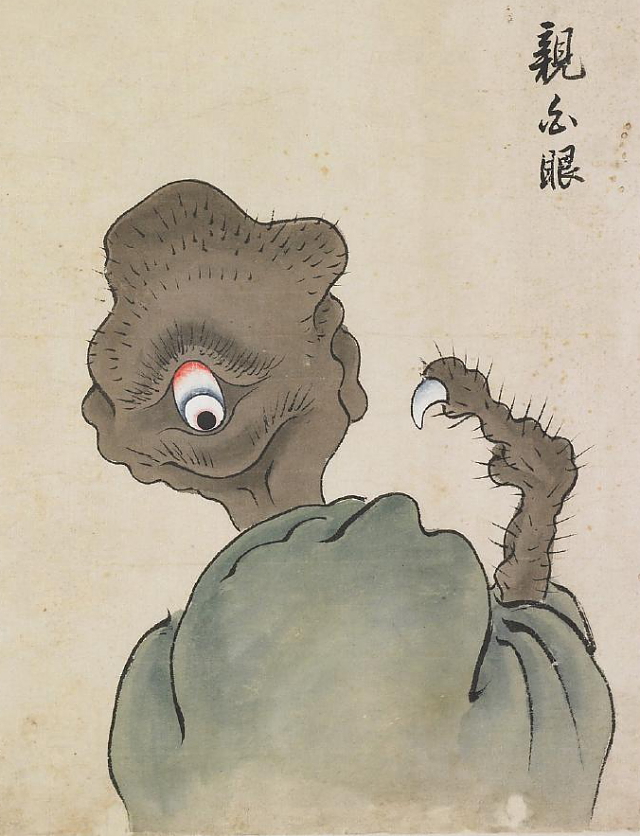
Oyajirome (親白眼) has a bulging eye on the back of its head and a claw on its one-fingered hand.
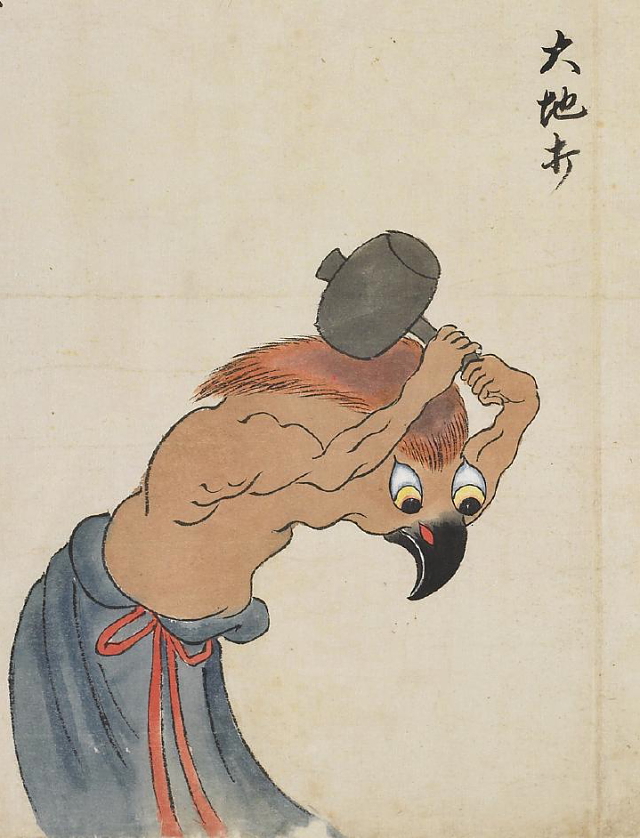
Daichiuchi (大地打) is a mallet-wielding monster with a bird-like face.
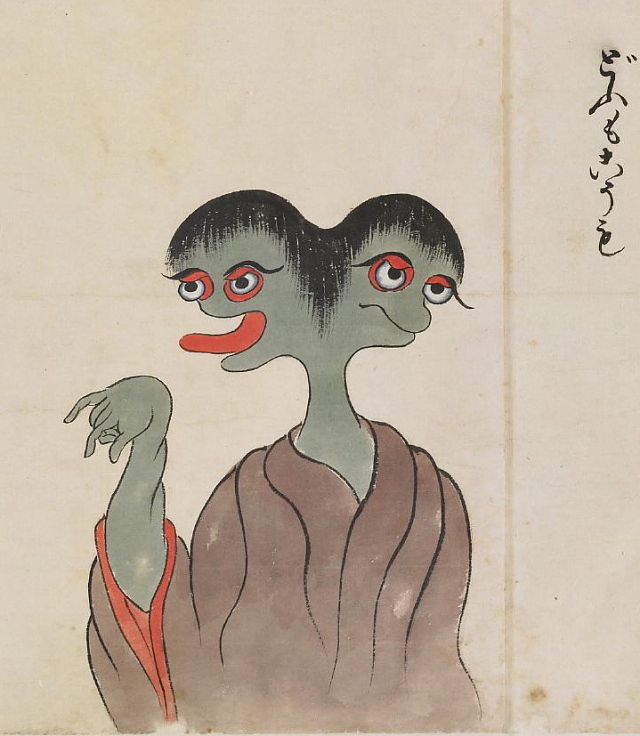
Dōmo-kōmo (どうもこうも) is a two-headed creature with gray skin.
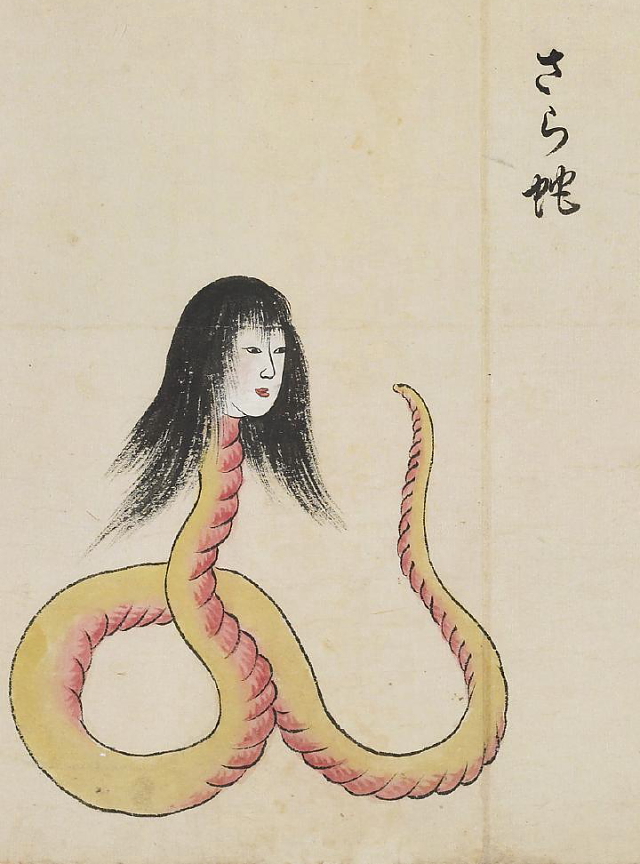
Sara-hebi (さら蛇) is a large, snake-like creature with the head of a woman.
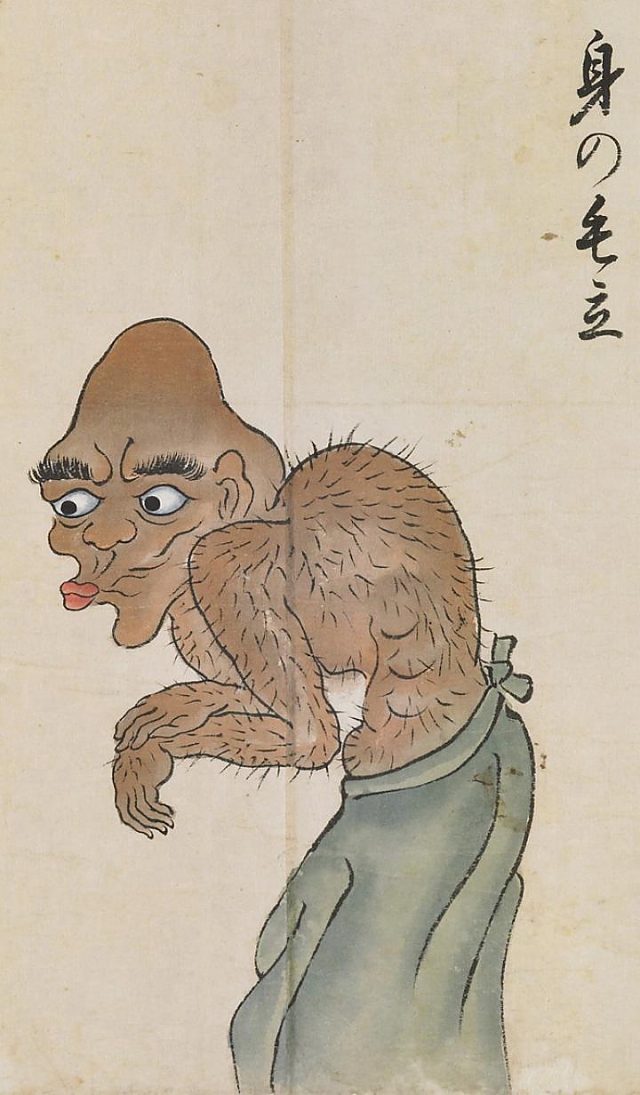
Mi-no-kedachi (身の毛立) has a coat of body hair that stands on end.
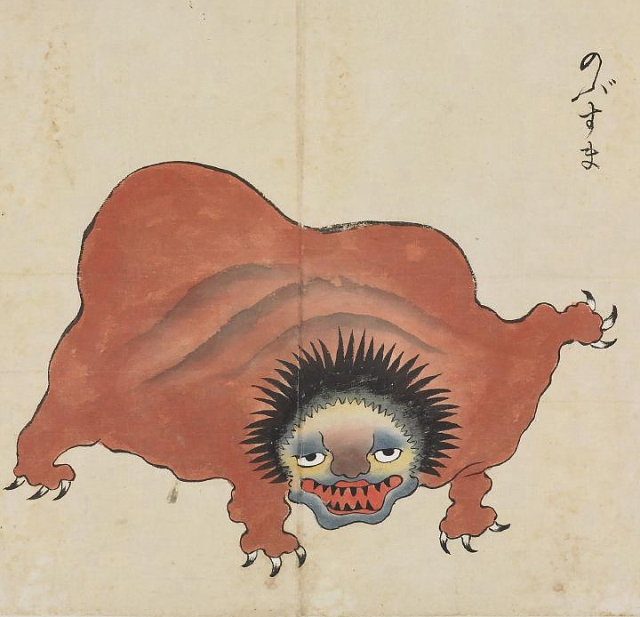
Nobusuma (のぶすま) has a brown body, human-like face, spiky hair, claws, and sharp black teeth.
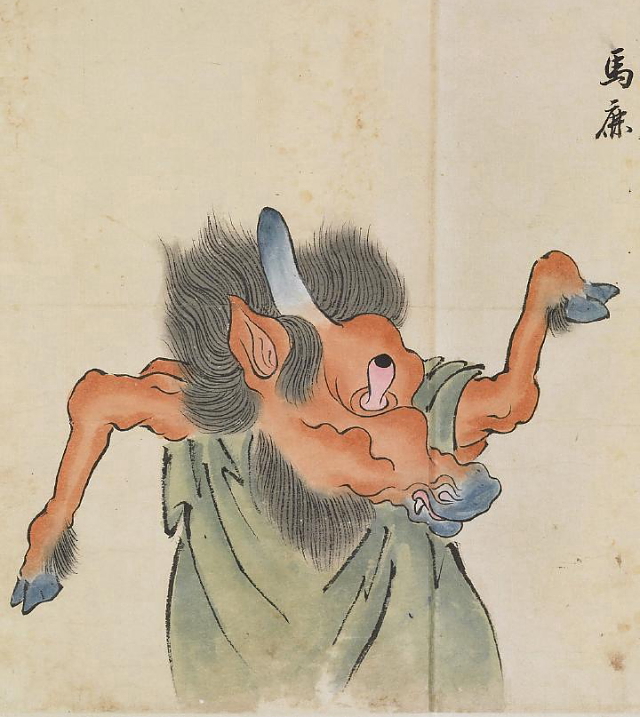
Uma-shika (馬鹿) is a horse-like monster with a horn on its head and a single bulging eye.
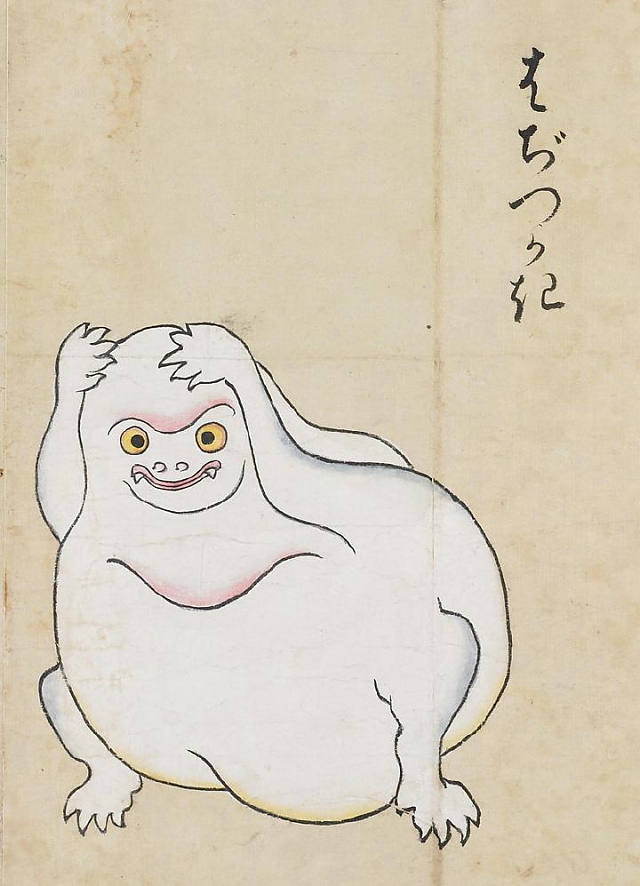
Hajikkaki (はぢっかき) has a round white body with short arms and legs.

Odoroshi (おどろし) is a red-faced monster with big eyes, black teeth, and long hair.
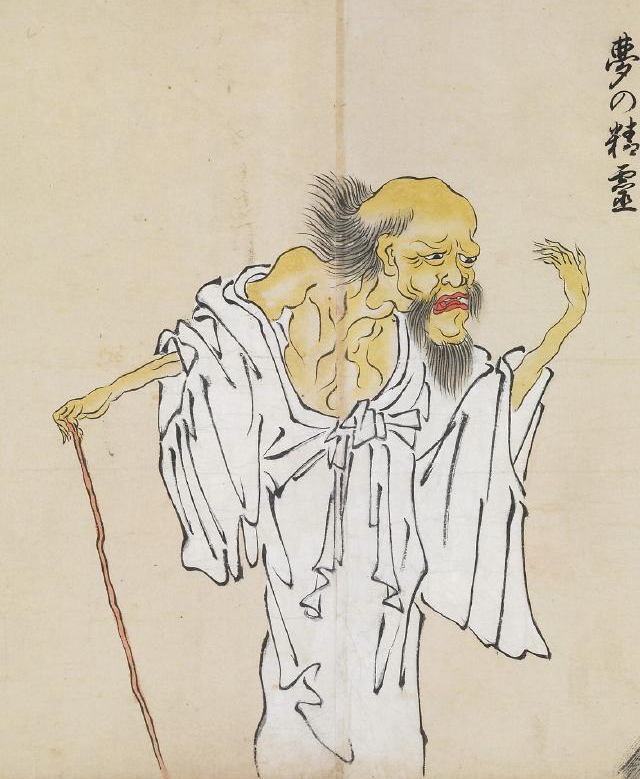
Yume-no-seirei ("dream ghost" - 夢の精霊) appears as a thin old man in a white robe.
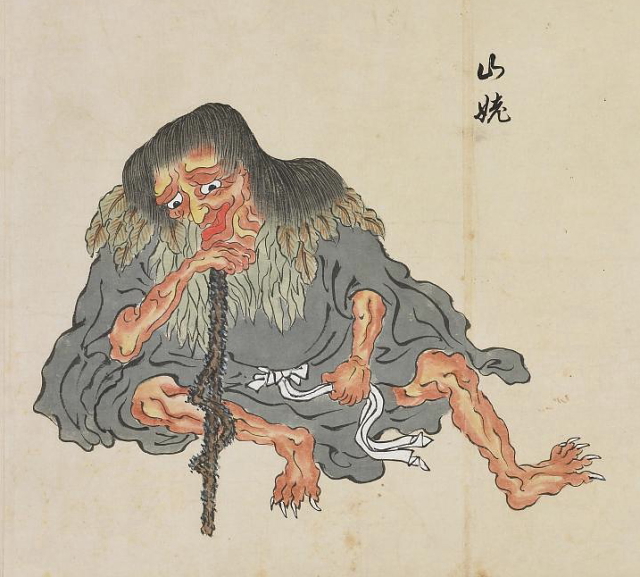
Yamamba (山姥) is a mountain hag.

Rokurokubi (ろくろくび), a long-necked woman, is pictured next to an Inugami (犬神) dog spirit.

Boukon (亡魂), a departed soul, appears to have pale blue skin, long hair, and a distended belly.

Ushi-oni (牛鬼) is a sea monster with the head of a cow and the body of a giant spider or crab.
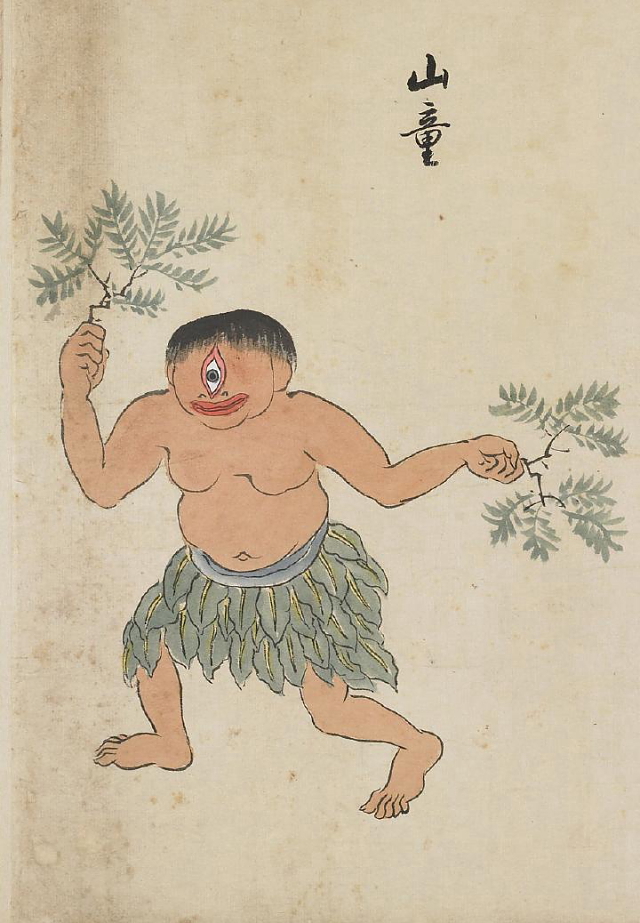
Yamawaro (山童) is a one-eyed kappa-like creature found in the mountains.
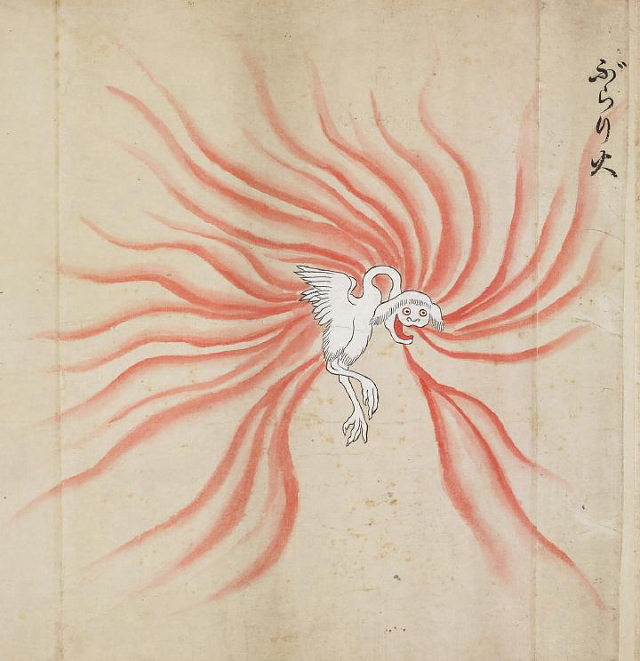
Buraribi (ぶらり火) is a white, bird-like creature surrounded by ghostly flames.
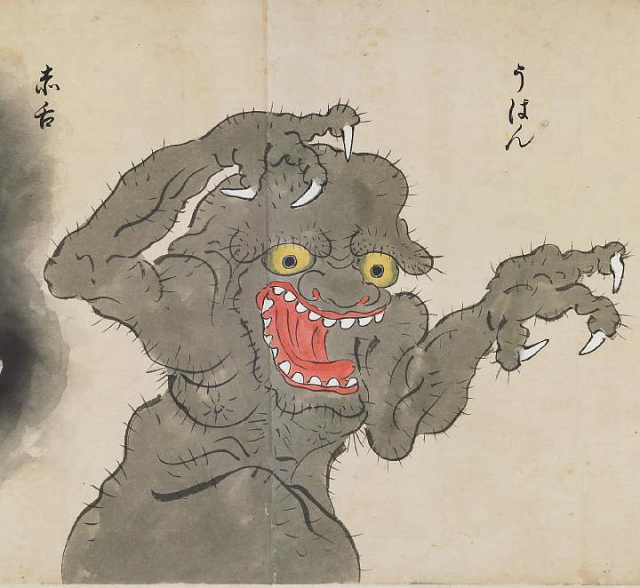
Uwan (うわん) is a creature that inhabits abandoned buildings.
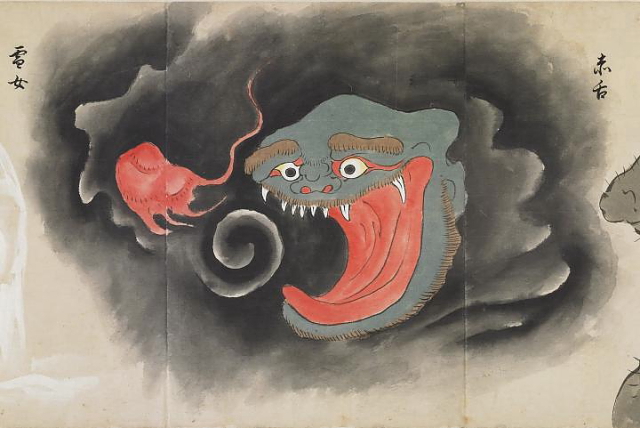
Akashita ("red tongue" - 赤舌) is a hairy-faced creature that hides in a dark cloud.
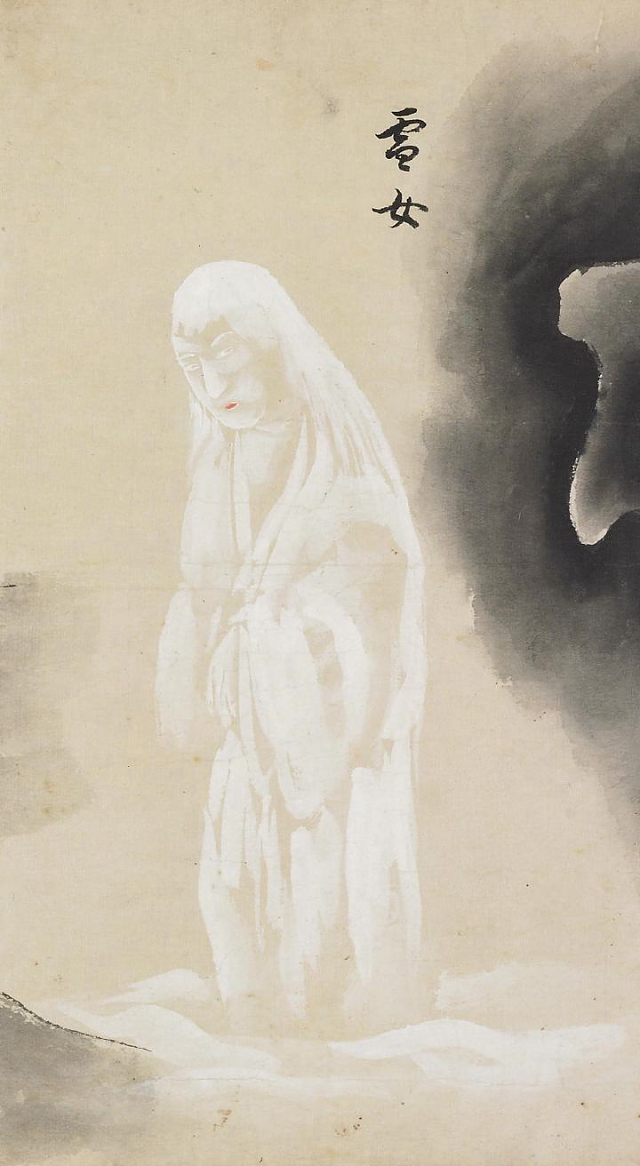
Yuki-onna ("snow woman" - 雪女) appears on snowy nights as a beautiful woman with long hair.
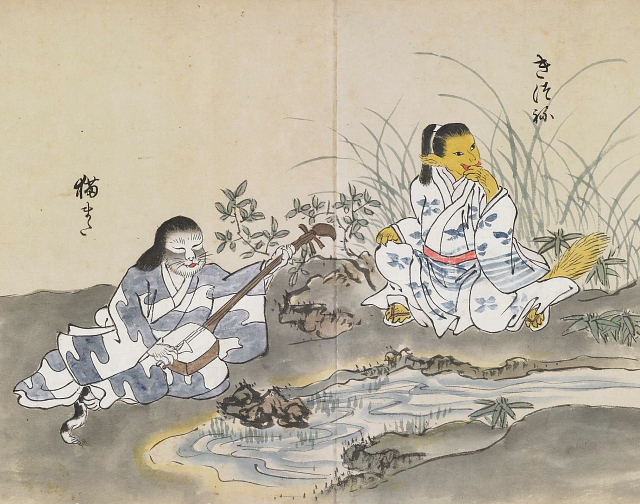
Nekomata (猫また) cat demon plays the shamisen next to a kitsune (狐) fox spirit.
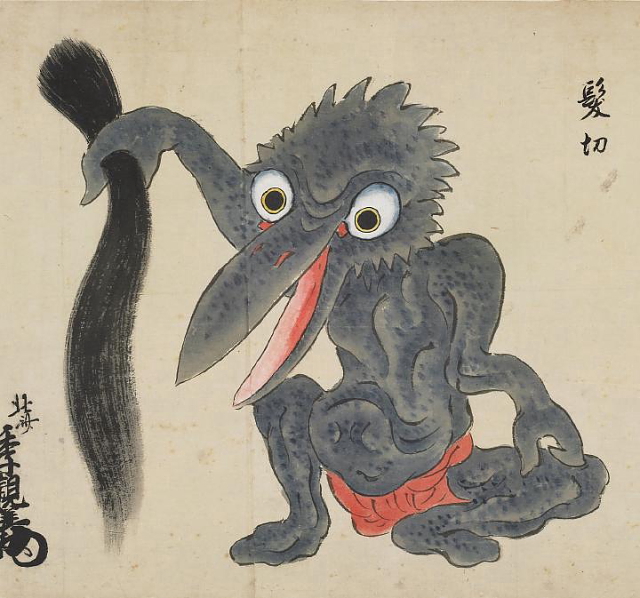
Kami-kiri ("hair cutter" - 髪切) are known for sneaking up on people and cutting off their hair.
[Via: International Research Center for Japanese Studies - Yokai Database]
Enoshima Aquarium (Fujisawa, Japan) has released some time-lapse footage of a molting Japanese spider crab (Macrocheira kaempferi), whose 3.8 meter (12 ft 6 in) leg span makes it the world's largest arthropod species. The video was shot over a 6-hour period.
+ Video
Here is a collection of sci-fi illustrations by the prolific Shigeru Komatsuzaki (1915-2001), whose fantastic work appeared on plastic model kit boxes and in magazines and picture books in the 1960s to 1970s. Click the "+" under each image for a larger view.

The Missiler, 1970 [+]
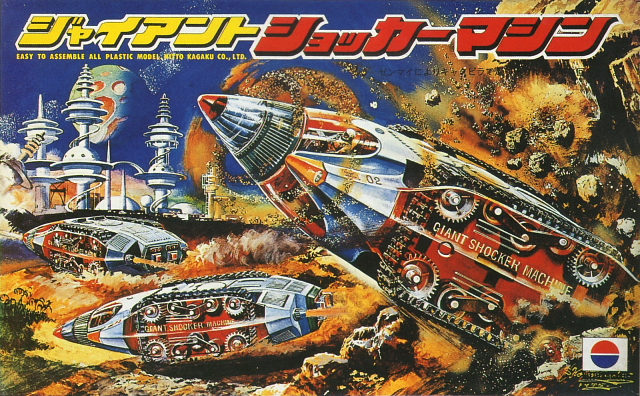
Giant Shocker Machine, 1975 [+]
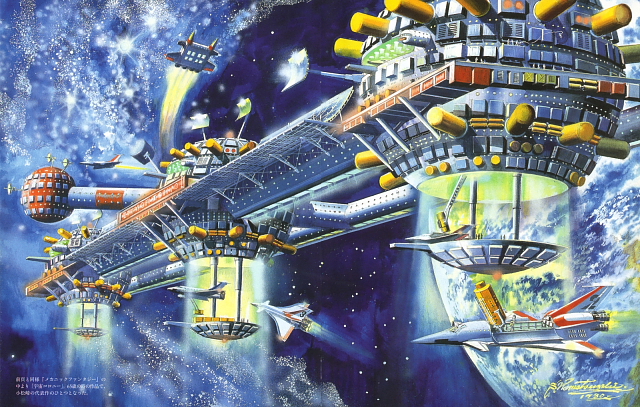
Space colony, 1980 [+]

Crawler, 1968 [+]
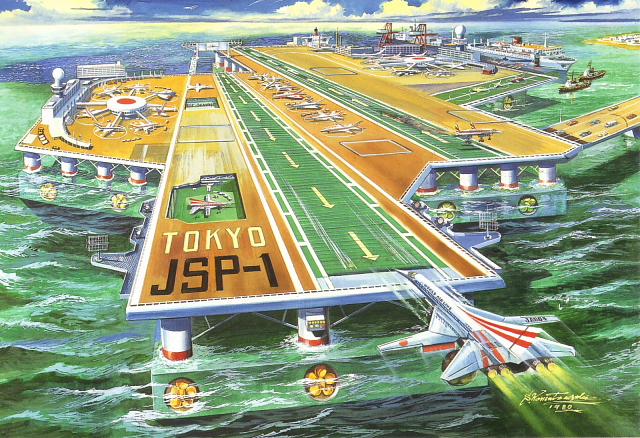
Mobile marine airport, 1980 [+]

Tokyo volcano, ca. 1965
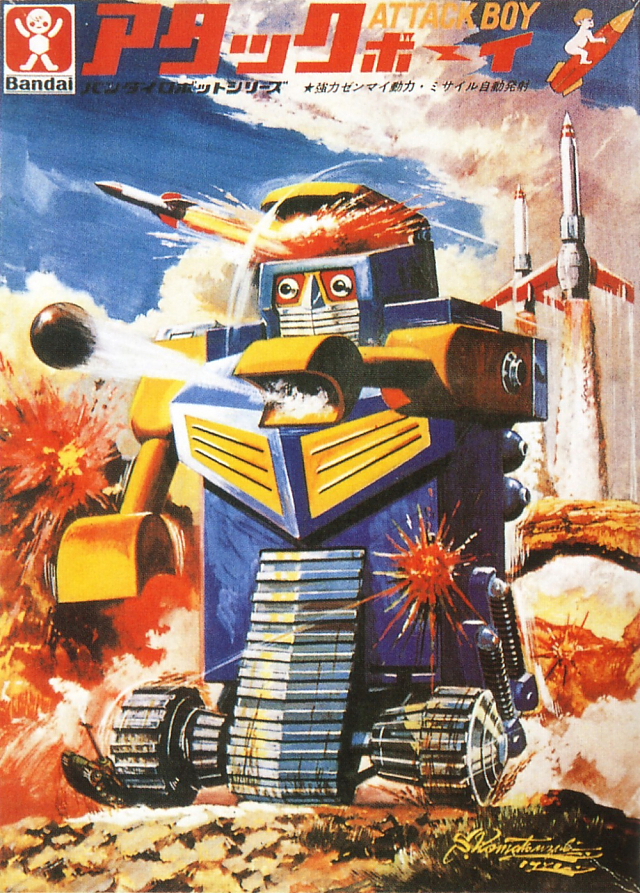
Attack Boy, 1970 [+]
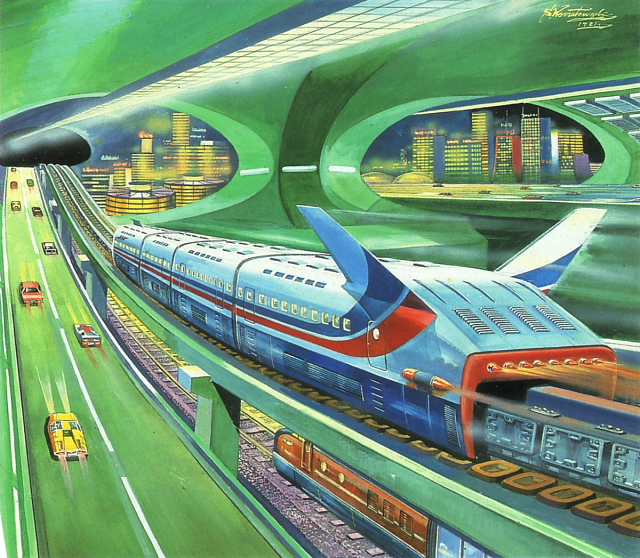
Undersea super tunnel, 1981 [+]

SHADO-mobile, ca. 1970 [+]

UFO, ca. 1970 [+]
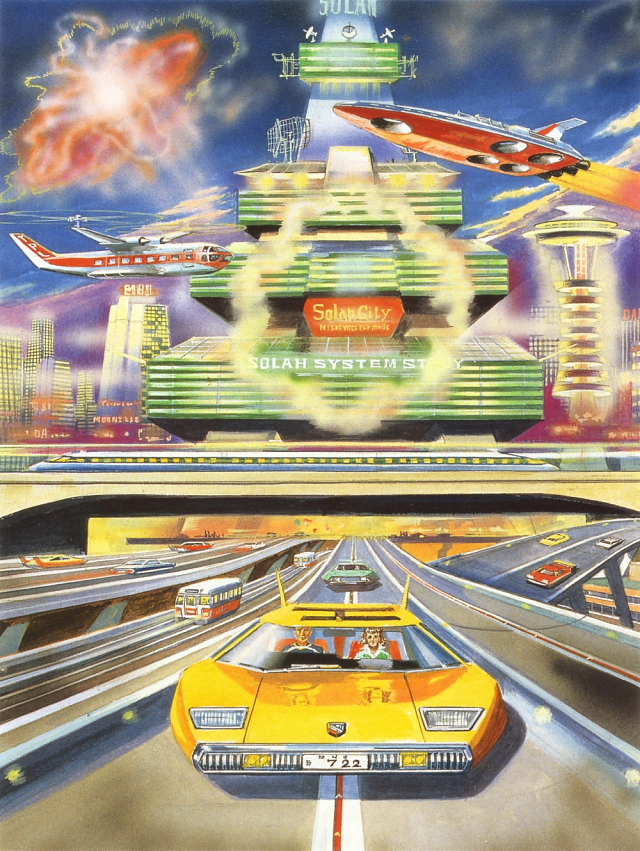
Solar City, 1982 [+]
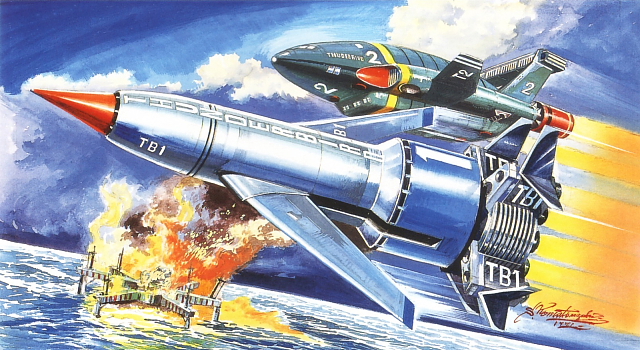
Thunderbird 1, 1964 [+]
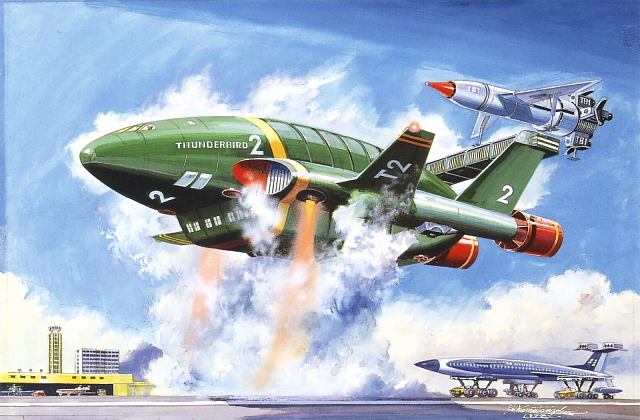
Thunderbird 2, 1964 [+]
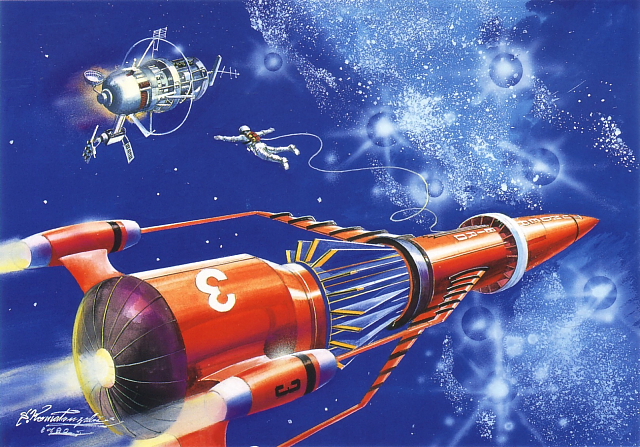
Thunderbird 3, 1964 [+]
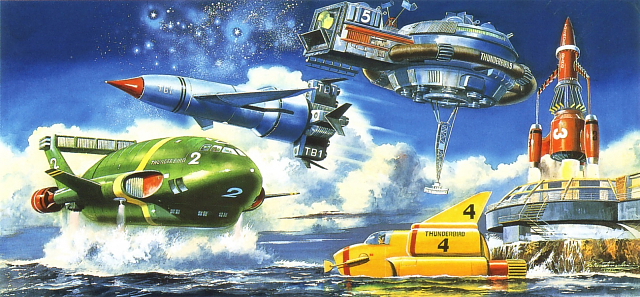
Thunderbird ships, 1964 [+]
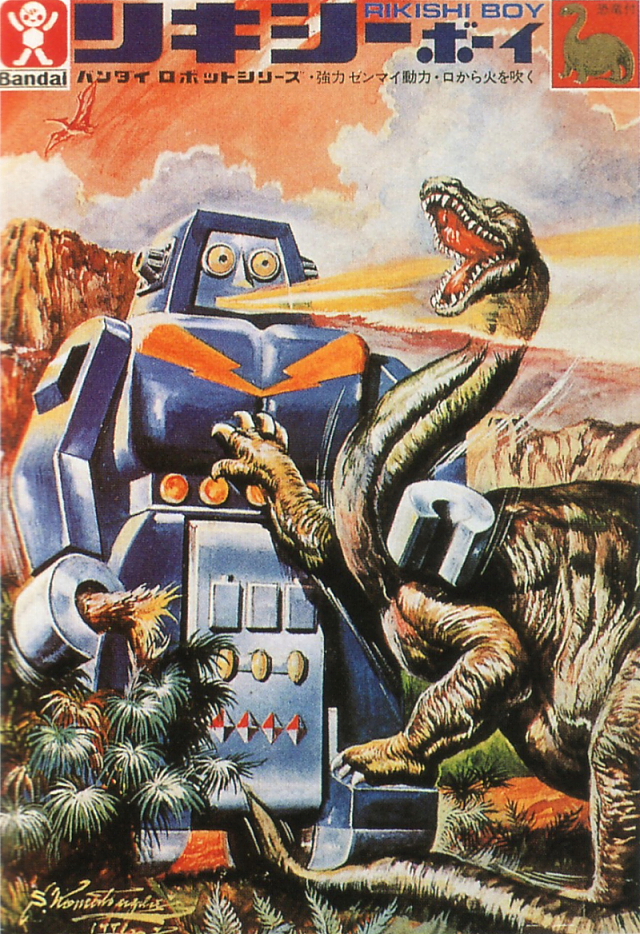
Rikishi Boy, 1970 [+]
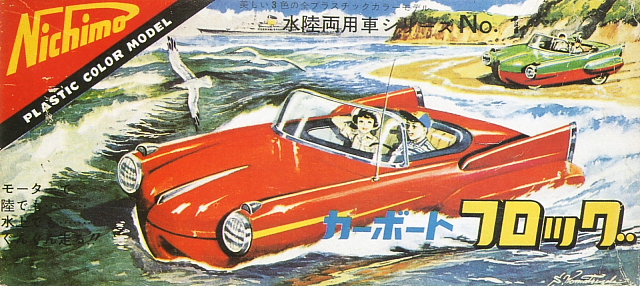
Frog car boat, 1961 [+]
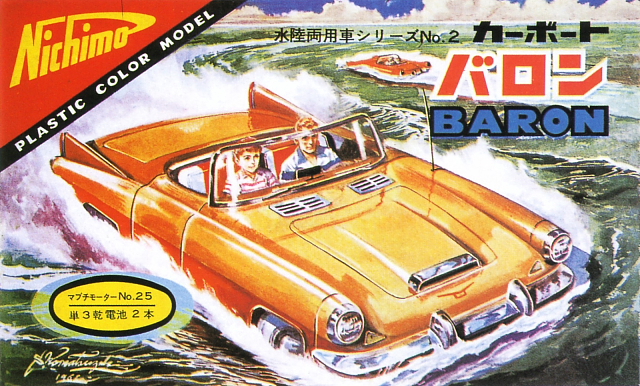
Baron car boat, 1961 [+]
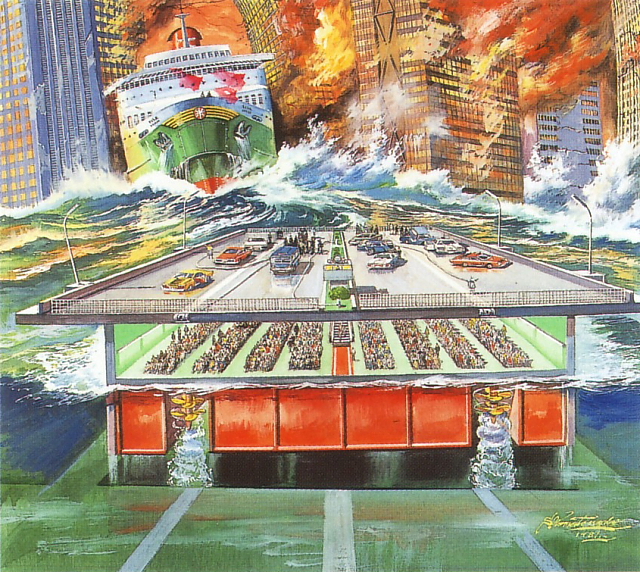
Highway rescue boat, 1981 [+]
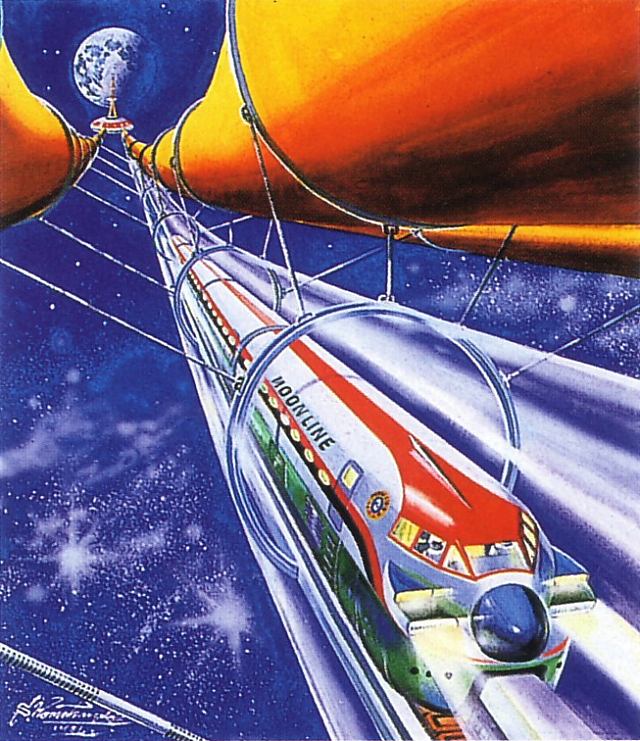
Space train, 1981
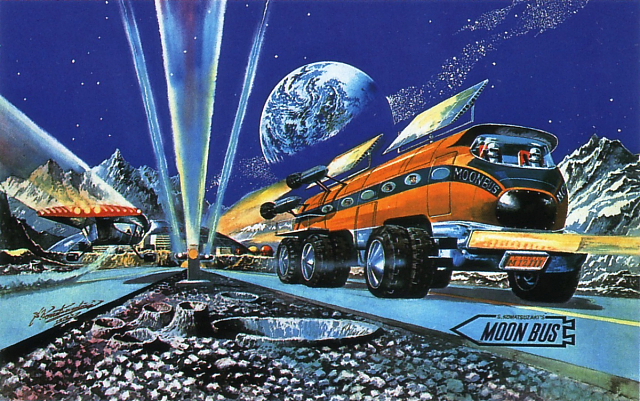
Moon bus [+]
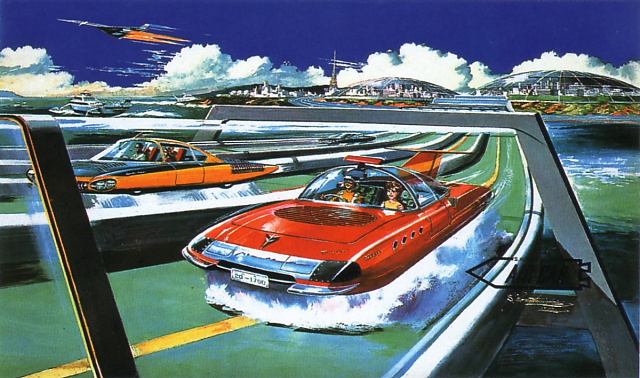
Air car [+]
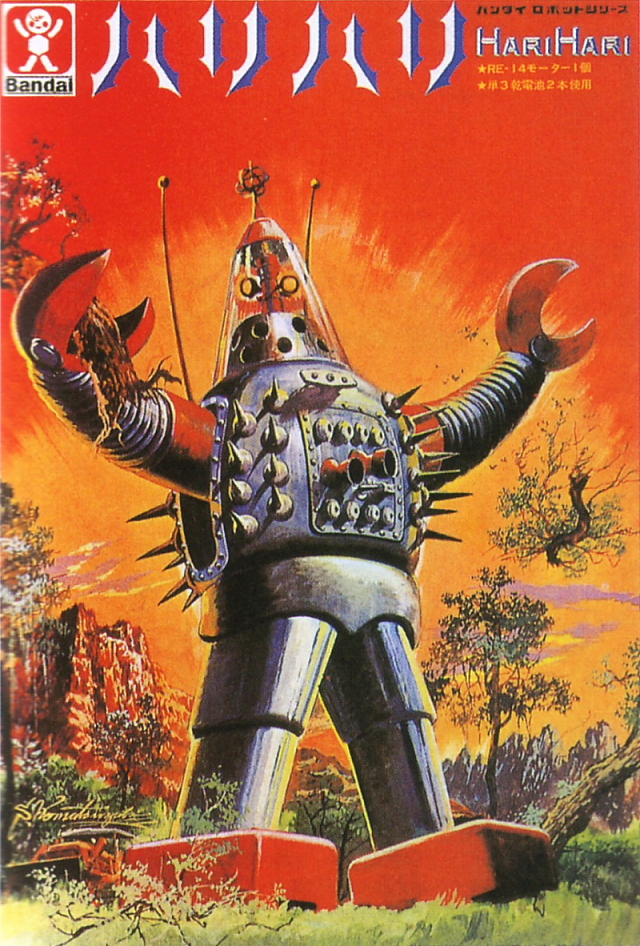
HariHari, 1970 [+]
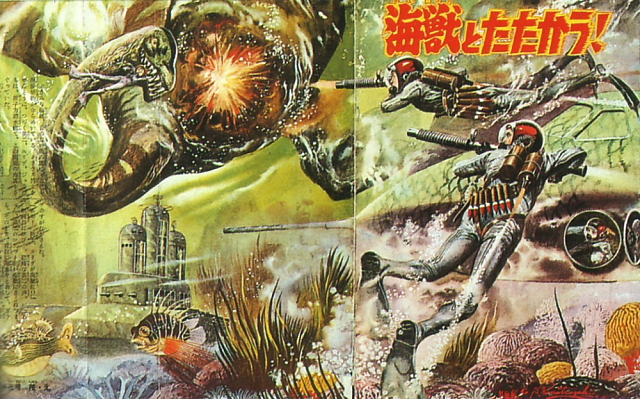
Sea monster battle, 1954 [+]

The Mole (Jet-Mogura Tank), 1968 [+]
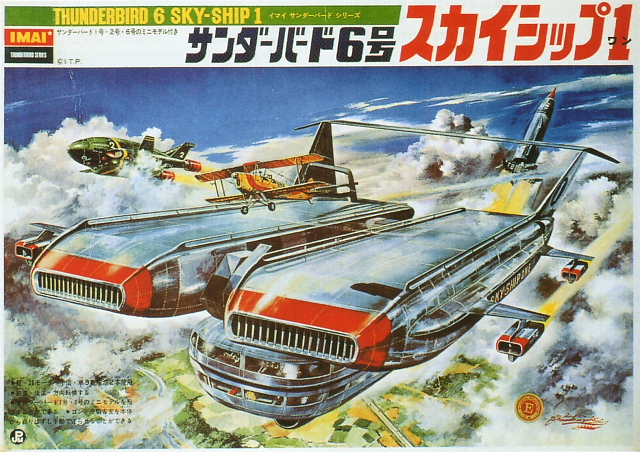
Thunderbird 6 - Sky-Ship 1, 1968 [+]

Thunderbird Mars Explorer - Zero X, 1967 [+]
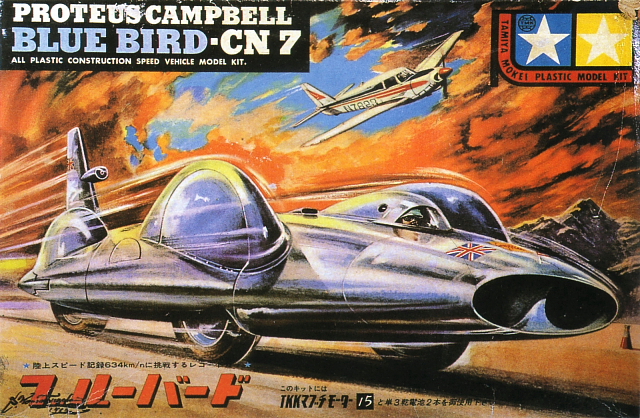
Proteus Bluebird CN7, 1963 [+]
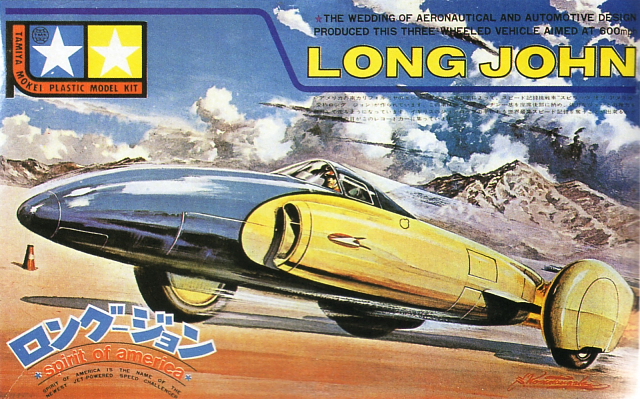
Long John - Spirit of America, 1963 [+]

Earthquake, 1979 [+]
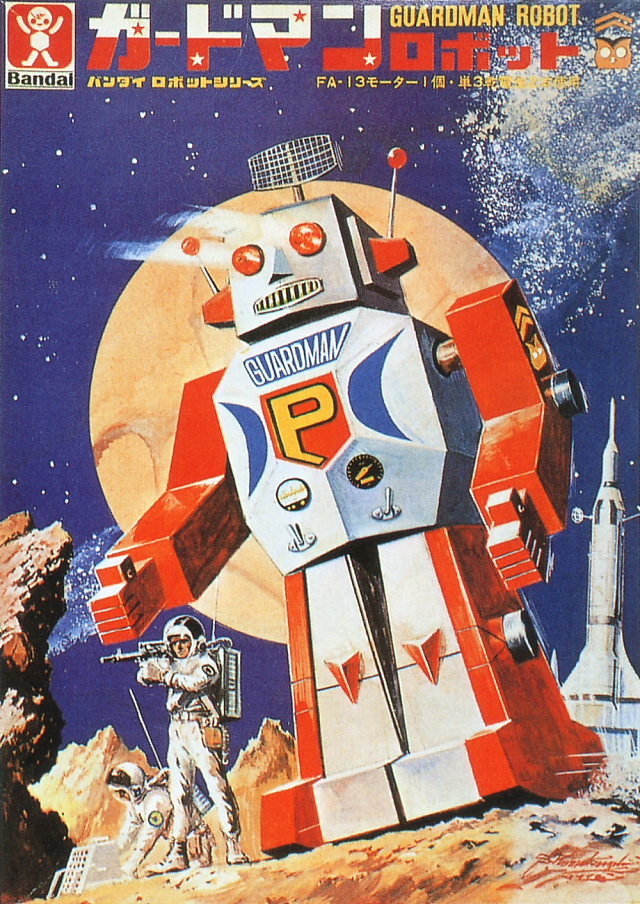
Guardman Robot, 1970 [+]
* * * *
Edit: A few more images. (Thanks, Franz!)
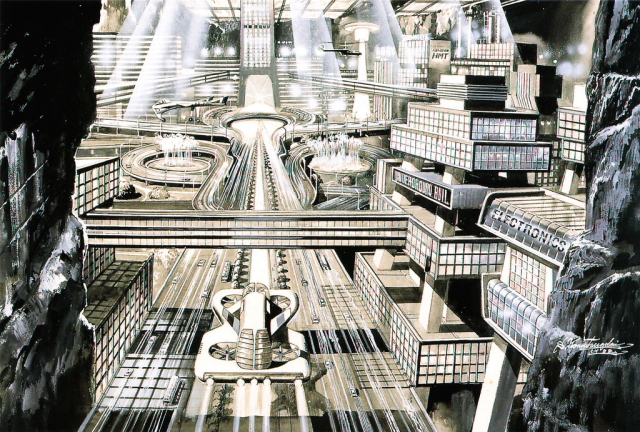
Underground metropolis, ca. 1980 [+]

World Space Force, 1982 [+]
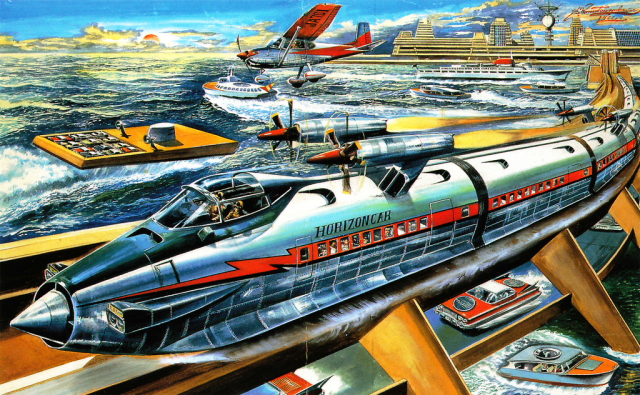
Horizon Car, ca. 1960 [+]
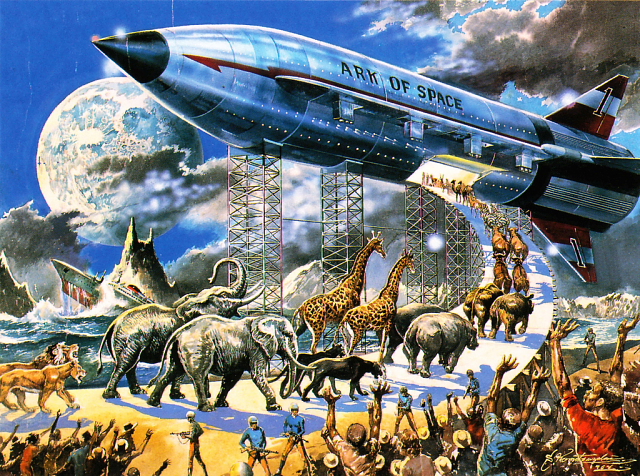
Ark of Space, 1968 [+]
Igarashi Design has dreamed up a series of ultramodern concept vehicles, including the bikes, mini-copter, wheelbarrow and snowmobile shown below. [Link]
